How To Realize The Complementary Function Of Hybrid Inverter?
 Jun 02,2025
Jun 02,2025

 XINDUN
XINDUN
The hybrid inverter is a multifunctional solar inverter that can be powered by PV+ mains + battery. It is a hybrid and complementary solar inverter that combines the characteristics of off grid inverter and grid connected inverter. It can be set to off grid mode, grid connected mode, and hybrid mode. It can flexibly switch the power supply mode according to different application scenarios and needs. The characteristics of integrating multiple power supply modes and being able to switch automatically and flexibly enable the hybrid inverter to achieve hybrid complementarity of PV, mains, and batteries, whether it is responding to power demand at different times of the day or encountering sudden mains failures, to ensure stable and reliable power supply.
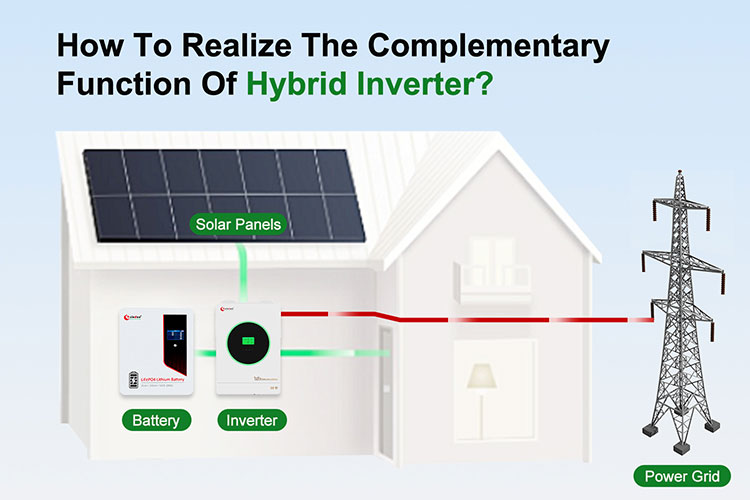
In the function settings of hybrid inverters, there are usually three options: mode options (off grid mode/grid connected mode/hybrid mode), output priority (PV priority/mains priority/battery priority), and charging priority (SNU/OSO/CSO). For example, the hybrid complementary function of the Xindun HFP-C/HFP-E/HFP-S/HFP series hybrid inverters is mainly based on the hybrid mode, and the coordinated configuration of output priority and charging priority is used to realize the scheduling of the three energy sources of PV/mains/battery, so that users can maximize the use of solar power, balance the PV utilization rate of the system and the supplement of mains power, and optimize the cost of electricity. In the hybrid mode, the hybrid inverter determines the power supply order through the output priority, and controls the energy storage strategy through the charging priority to achieve "power generation - power consumption - energy storage". So how does the hybrid inverter achieve hybrid complementarity? Next, Xindun will give you a detailed introduction to the complementary logic of the hybrid inverter and the recommended setting scheme for scenario applications.
I.Hybrid inverter mode
In the hybrid mode, when one of the three, PV/mains/battery, is insufficient or unavailable, hybrid complementary power supply can be used, which effectively improves the stability and reliability of the entire power supply system, enabling it to better adapt to different environments and power consumption scenarios and meet the diverse power consumption needs of users.
II.Output priority
The "output priority" of the hybrid inverter is the power supply sequence that dominates the entire system. There are three output levels: PV output priority, mains output priority, and battery output priority. Users can adjust the system power supply strategy based on actual conditions.
PV output priority (PV) : PV power supplies loads first, and the remaining power charges the battery. When PV power is insufficient, the battery discharges. When the battery is insufficient, the mains intervenes.
Mains output priority (GRD): Mains power supplies loads first, PV power charges the battery, and the battery discharges when the mains power is abnormal.
Battery output priority (PBG): The battery supplies loads first, PV auxiliary power supplies power, and the mains takes over and charges when the battery is low voltage, and switches back to battery power after recovery.
III.Charging Priority
The "charging priority" of the hybrid inverter determines the energy storage strategy of the entire system. There are three charging priority modes: "SNU", "OSO" and "CSO". Users can set the appropriate charging mode based on actual needs and energy conditions.
SNU (PV + mains charging at the same time, PV priority): When PV and mains are available at the same time, PV power is used to charge the battery first. Only when PV power is insufficient, mains supplements the remaining charging demand. When there is no PV, mains alone undertakes the charging task. This charging mode is suitable for scenarios where there is sufficient sunlight and PV power is greater than the system load demand. It can maximize the use of renewable energy and reduce dependence on traditional energy.
CSO (PV priority, mains only intervenes when there is no PV): The battery is completely dependent on PV energy to charge, and the mains charging function is forcibly disabled. If PV is not available (such as at night, rainy weather), the battery cannot be charged, and manual intervention is required to switch to other charging priority output level options. This charging mode focuses on the optimization of battery energy storage.
OSO (PV charging only): PV takes priority in meeting charging needs. When PV is not available (e.g. at night, PV failure), the mains starts charging. After PV is restored, PV charging is automatically switched back and the mains stops working. This charging mode helps extend battery life.
By flexibly setting the charging priority of the hybrid inverter, users can better achieve the complementarity between PV, mains and batteries, improve energy efficiency and reduce energy costs.
IV. Complementary workflow of hybrid mode
1. PV priority
In hybrid mode, the PV output priority level is selected, and the system is powered by PV power, with dual protection of energy storage and mains power.
When PV power is sufficient during the day, PV power directly drives load equipment (such as air conditioners, lighting, refrigerators and other appliances), and the remaining power can be selected in SNU or CSO mode to charge the battery. If the PV power exceeds the load and charging requirements, the excess energy will not be fed into the grid. The hybrid mode pays more attention to the overall efficiency balance of the system. If grid connected power feeding is required, the grid connected mode can be switched.
When PV power decays in the evening, when the PV power drops below the load demand, the battery begins to discharge and supplies power together with PV power (such as 2KW PV power + 1KW battery discharge power to supplement the 3KW power required by the AC load). When the battery voltage drops to the inverter to mains threshold, the mains automatically takes over the load and replenishes the battery according to the charging priority.
When there is no PV power at night, the mains continues to supply the load and charges the battery with the mains charging current until the mains to inverter voltage is reached. After the PV power is restored the next day, the system automatically switches back to the "PV + battery" power supply mode.
2.Mains power priority
In hybrid mode, select the mains power output priority level. The system is powered by mains power and PV energy storage is used as backup.
Whether the PV power is working or not, the load is powered by the mains power first (such as air conditioners, lighting, refrigerators and other electrical appliances). The PV energy is only used for battery charging. SNU mode charging is recommended, with PV power as the main and mains power as the auxiliary. The peak valley complementarity of "PV charging during the day and mains power consumption at night" is formed to reduce the peak electricity price expenditure. If the mains power is unavailable, the inverter automatically switches to the battery inverter mode, and the PV power and battery power are used to supply power to the load. When the battery is discharged to the low voltage setting value, it will stop working and resume working after the mains power is restored.
3.Battery priority
In hybrid mode, select the battery output priority level, off grid first, and mains only as a supplement. Suitable for applications in remote areas, areas not covered by the grid or areas with frequent power outages.
PV prioritizes the load, and the surplus power is stored in the battery; when PV is insufficient, the battery discharges, and the two share the load (such as 1kW PV power + 1.5KW battery discharge to meet the 2.5KW power of the AC load). When the battery voltage drops to the low voltage switching threshold, the mains starts to supply power and charge. The charging priority can be selected in SNU mode, and the mains and PV are charged in coordination. When the battery is charged to the recovery voltage value, the system automatically switches back to the "battery + PV" off grid mode, realizing the self-generation and self use of the off grid solar power system and energy storage for backup.
V. Recommended scenario application setting scheme
1.Urban household
Setting scheme operation: "Hybrid mode" - "PV output priority" - "SNU"
This scheme setting can ensure that PV energy is supplied to the load first during the day, and the remaining power is stored in the battery. When PV is sufficient, PV charging is given priority, and when it is insufficient, the mains is supplemented, making full use of light energy. For example, the electricity bills of urban households abroad are high. This scheme setting can reduce household electricity bills and coordinate power supply with the power grid. The PV system is mainly based on "self generation and self use + surplus power storage", and is supplemented by the mains at night. For example, if the user uses the Xindun HFP-C series hybrid inverter, the intelligent dual output function can also be enabled. The main output is connected to high power household appliances (such as air conditioners, water heaters, induction cookers, etc.), and the second output is low power devices (such as lighting fixtures, refrigerators, monitoring, etc.). When the battery is low voltage, the main output is automatically cut off to ensure that the basic power consumption of the second output is uninterrupted and continuous.
Advantages of this setting scheme: It is suitable for peak and valley electricity prices and is the first choice for PV cost reduction. It can reduce the electricity bills of families. The PV self sufficiency rate can reach 70%-80% during the day. The surplus electricity is stored to reduce the use of city electricity at night. With the peak and valley electricity prices (such as electricity consumption during the valley period at night), the average monthly electricity bill can be reduced by more than 40%. When the PV power is attenuated in the evening, the battery is automatically discharged and replenished. When there is no PV power at night, it is switched to the city power. The whole process is uninterrupted power supply to ensure the family electricity experience.
2.Rural and remote areas
Set up the plan operation: "Hybrid mode" - "Battery output priority" - "OSO"
This plan is set up as an off grid mode with "PV + battery" as the main power supply and mains as the auxiliary power supply. The mains power supply only intervenes in charging when the battery voltage is low, relying on solar energy to avoid the impact of unstable mains power supply on charging. For example, in remote rural areas abroad, the power grid is unstable, and many areas are not connected to the power grid. In the peak power consumption period in summer, power outages are prone to occur. The solar energy system needs to take into account both off grid independent power supply and grid supplementation to ensure agricultural power and daily basic power consumption.
This setting plan operates independently off grid. During the day, PV power supplies agricultural power and household power, and the surplus power is stored; at night, the battery discharges, and when there is a power outage, it guarantees basic household power consumption, solving the problem of frequent power outages in rural areas. When the battery voltage is low, it automatically connects to the mains power supply for charging, and switches back to the off-grid mode after recovery, taking into account reliability and environmental protection needs, and reducing dependence on the mains power.
3.Commercial and industrial electricity
Setting plan operation: "Hybrid mode" - "Mains power output priority" - "CSO"
This plan is set to use the mains as the main power supply to supply power to the load, and the PV energy is only used for battery charging. The dual protection mode of "mains as the main power supply and energy storage as backup" is used to enable mains charging when there is no PV power supply to reduce the mains load during commercial peak hours. For example, in the peak of air conditioning power consumption in summer, commercial places (such as supermarkets and office buildings) have high requirements for power supply stability. PV energy storage is used as a backup power supply to ensure seamless switching when the mains power is abnormal.
This setting plan gives priority to stability to ensure the power supply of key equipment. When the mains power is normal, PV energy storage is used; when the mains power trips or the voltage is abnormal, the battery instantly takes over the load to ensure the continuous operation of key equipment such as cash register systems and servers. Peak shifting charging optimization, using commercial off peak hours (such as night) to supplement charging with mains power, reducing charging costs, while avoiding overload of the power grid during peak hours.
The above hybrid mode complementary scheme setting recommendations are for reference only. Users need to flexibly adjust according to actual conditions. When using the hybrid mode, the hybrid inverter uses the dual strategies of output priority leading power supply and charging priority optimizing energy storage to achieve hybrid and efficient complementary operation of PV, mains and batteries. In urban households, PV priority and peak valley strategies can be used to reduce electricity bills and save costs for households. In rural and remote areas, off grid energy storage is used as the basis, combined with mains supplementation to solve the power supply problem in remote areas. In industrial and commercial applications, energy storage is used as a backup with the premise of stable mains power to build a high-reliability power supply system.
Here is Xindun HFP/HFP-S/HFP-C/HFP-S series hybrid inverters. Please click on the image link for more details:
|
HFP Hybrid Inverter 1.3KW-12.3KW It has a bidirectional energy storage function and can intelligently control the flow of electricity. Both solar and mains electricity can charge the battery, improving system flexibility and energy efficiency. |
|
|
HFP-S Hybrid Inverter 3.3KW-12.3KW With dual AC output function, the output phase, voltage and frequency are equal, which can meet the needs of multiple loads. |
|
|
HFP-C Hybrid Inverter 4.3KW-12.3KW It adopts a large disc design with RGB light strips, and 8 colors can be set by yourself to enhance the ambient atmosphere. |
|
|
HFP-E Hybrid Inverter 3.3KW-12.3KW It adopts a detachable LCD remote control panel design, which can be assembled according to actual needs and set up flexibly. |

 Solar Inverter
Solar Inverter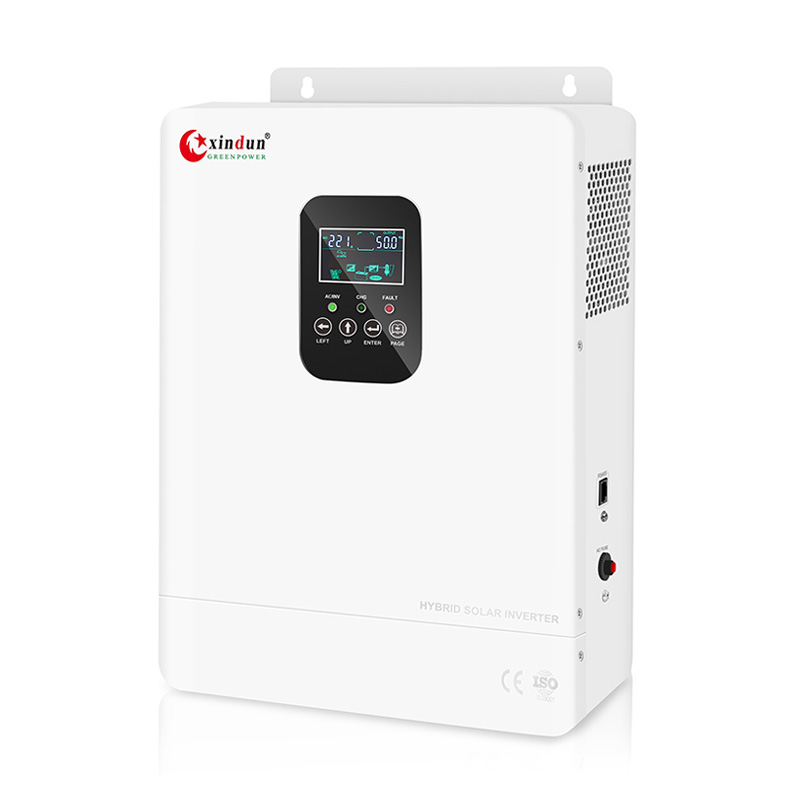
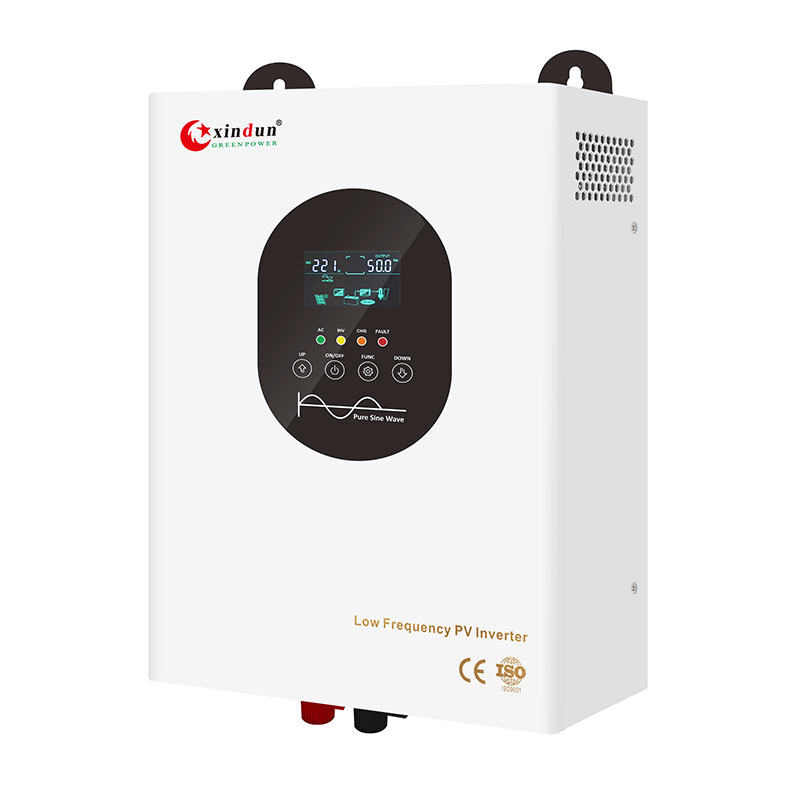
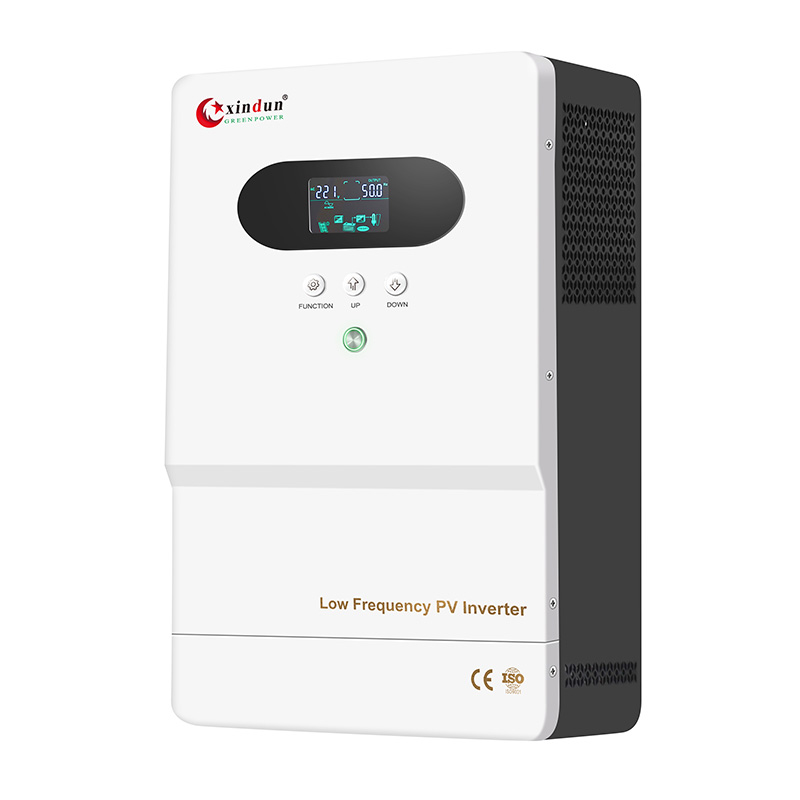
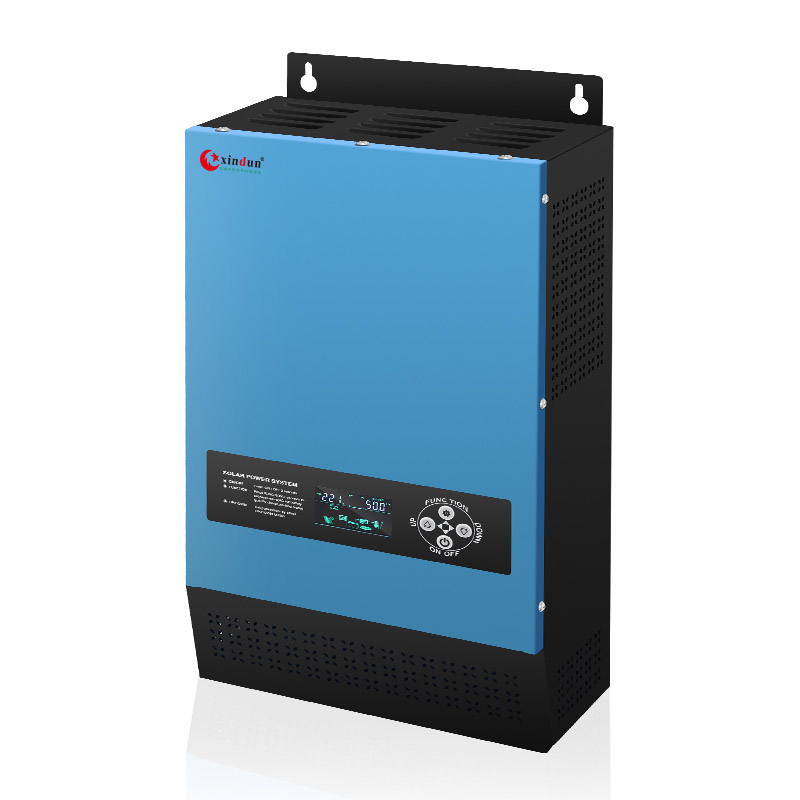
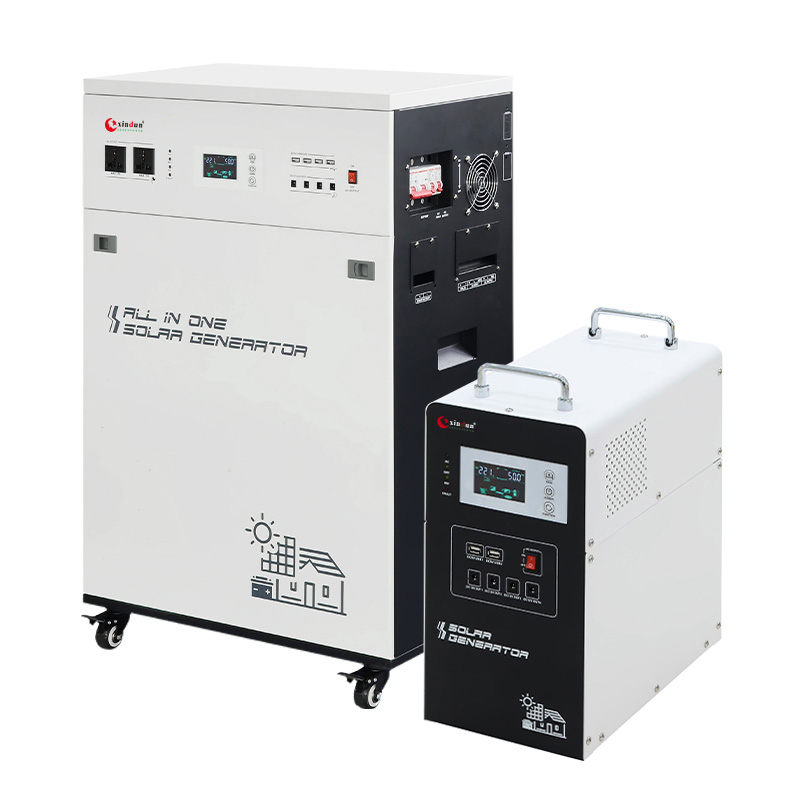
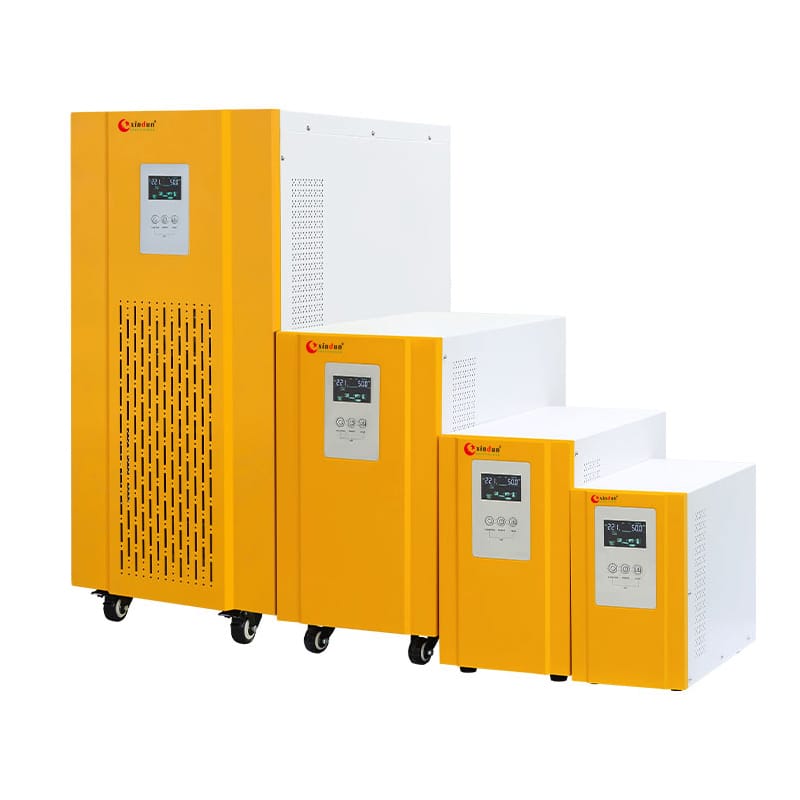
 Hybrid Inverter
Hybrid Inverter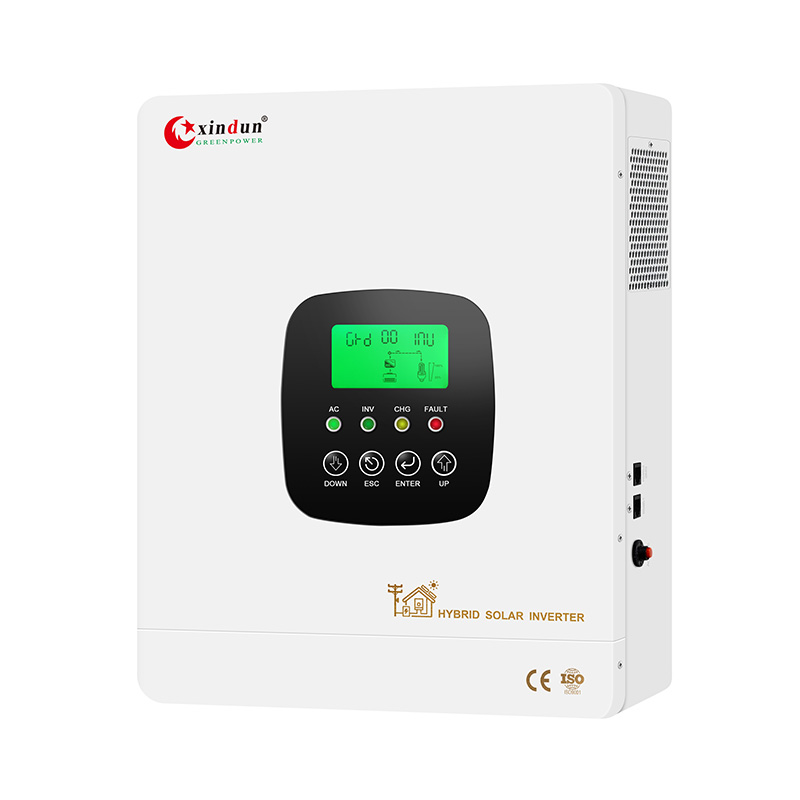
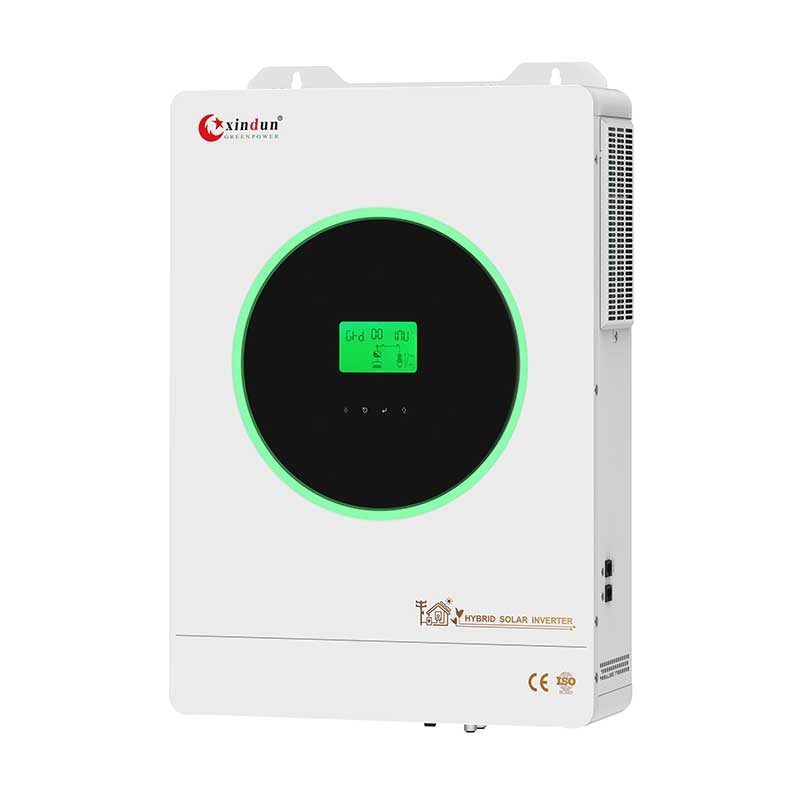
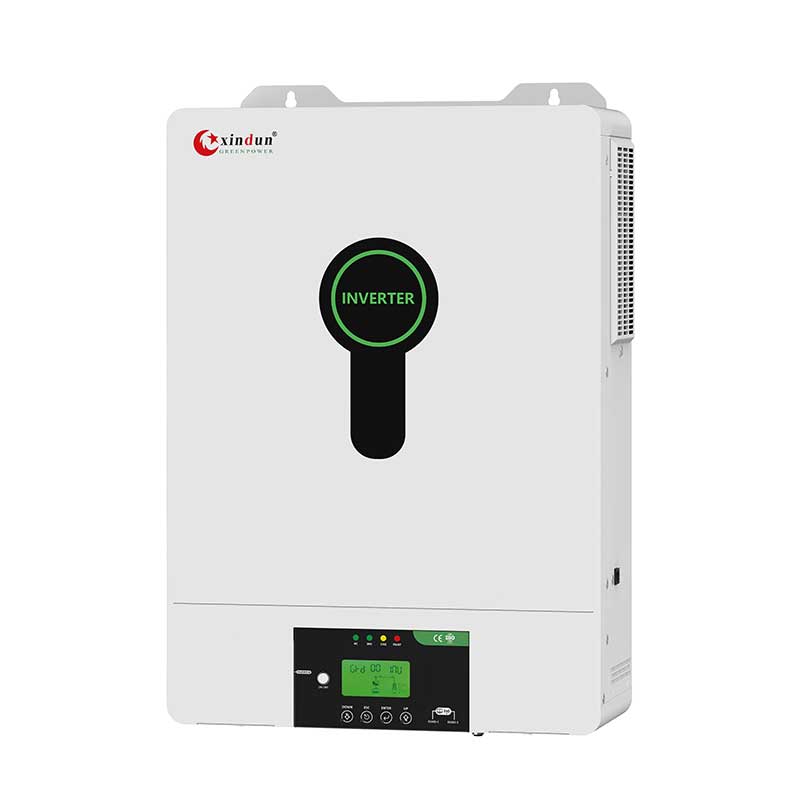

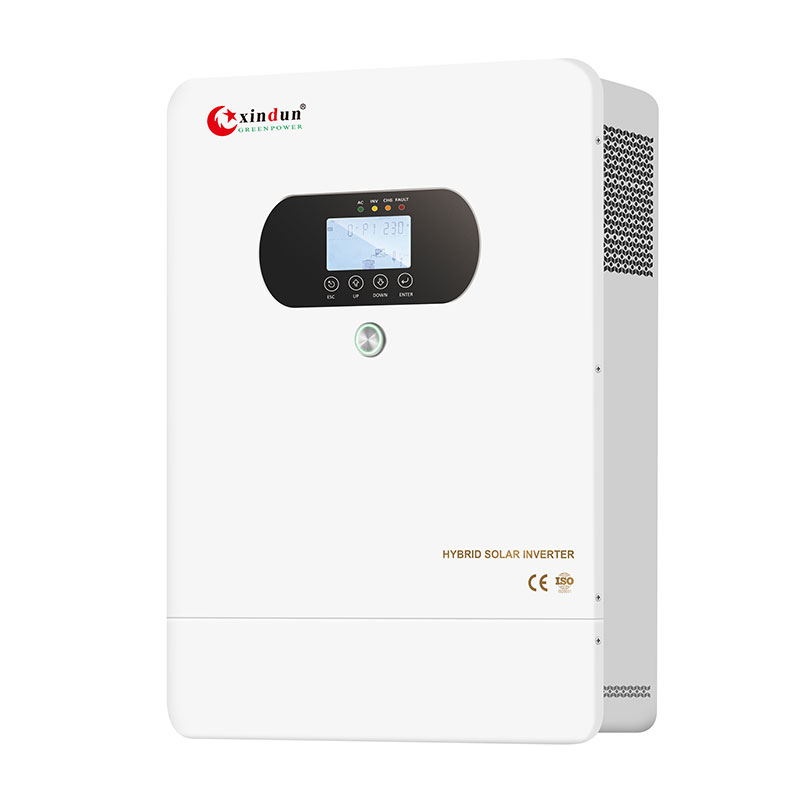
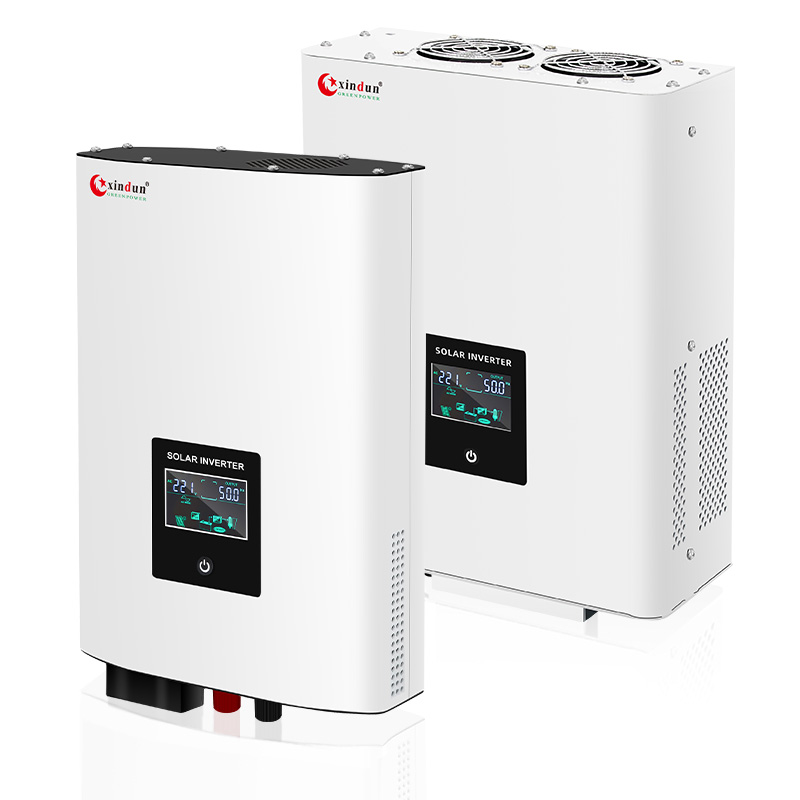
 Power Inverter
Power Inverter
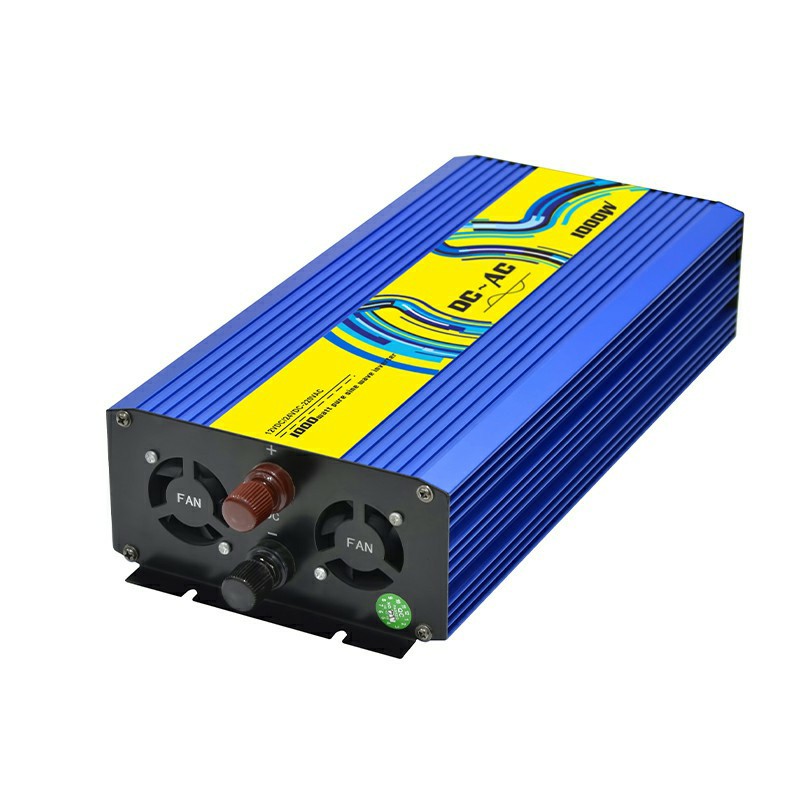
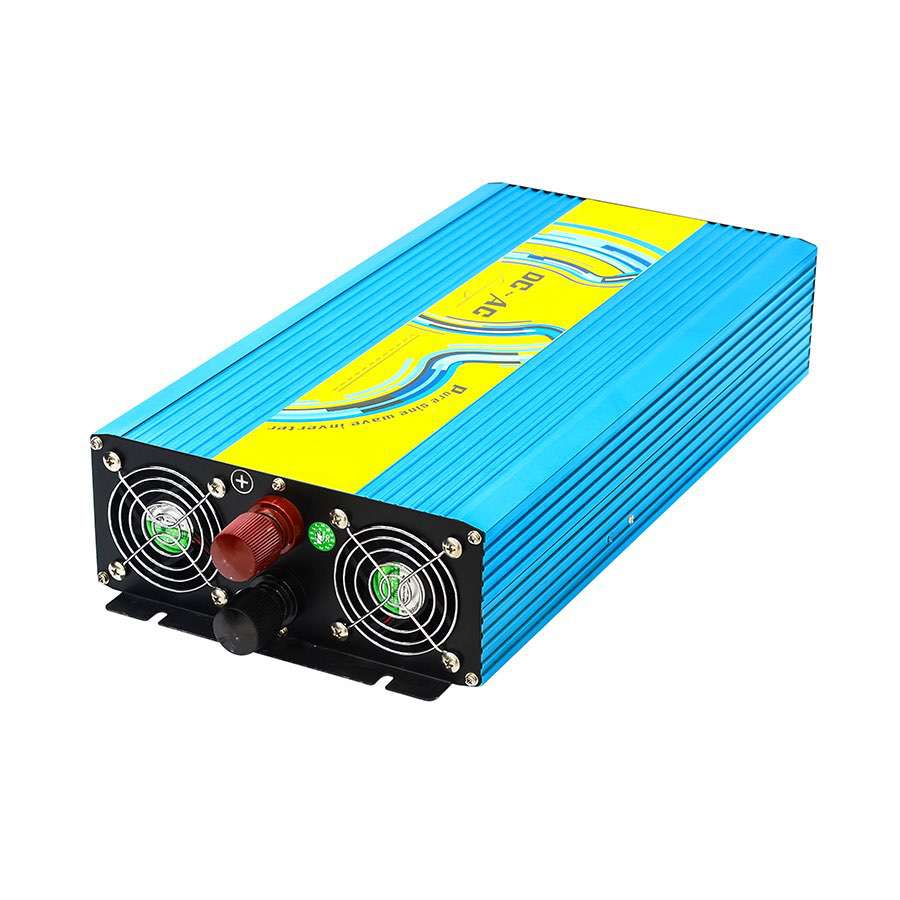
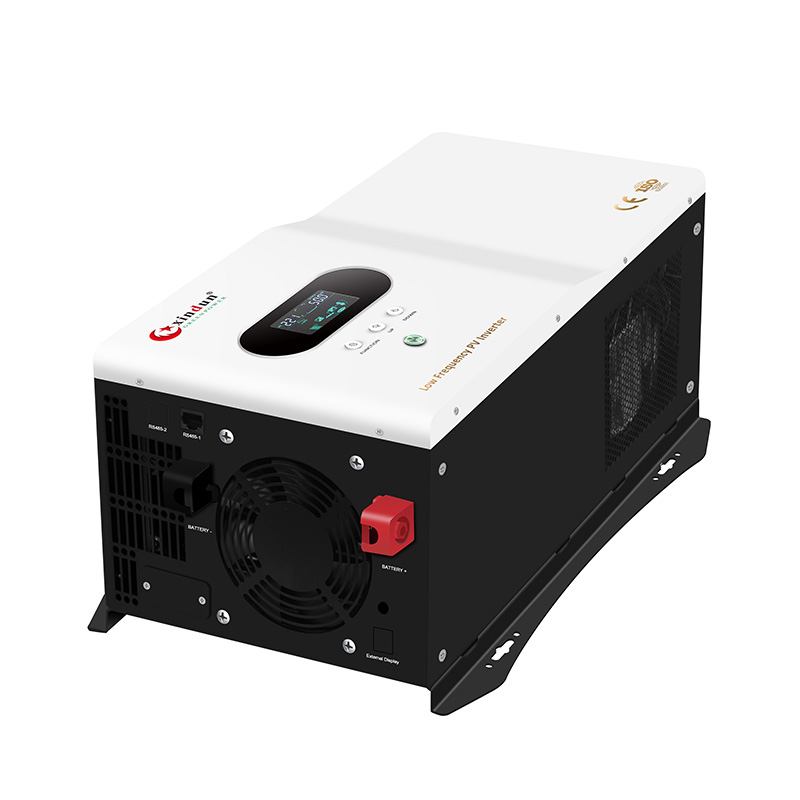
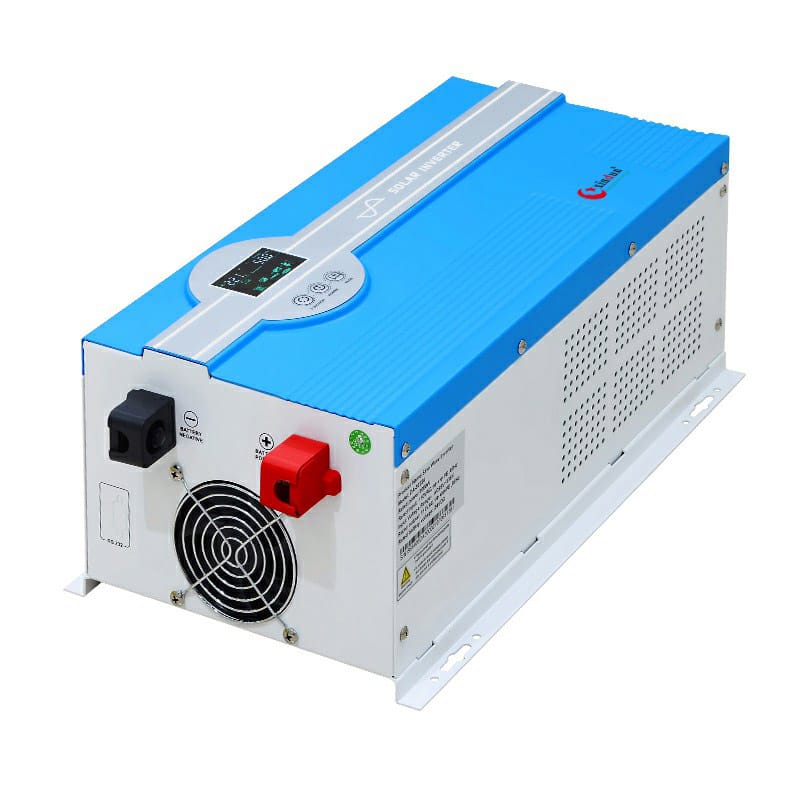
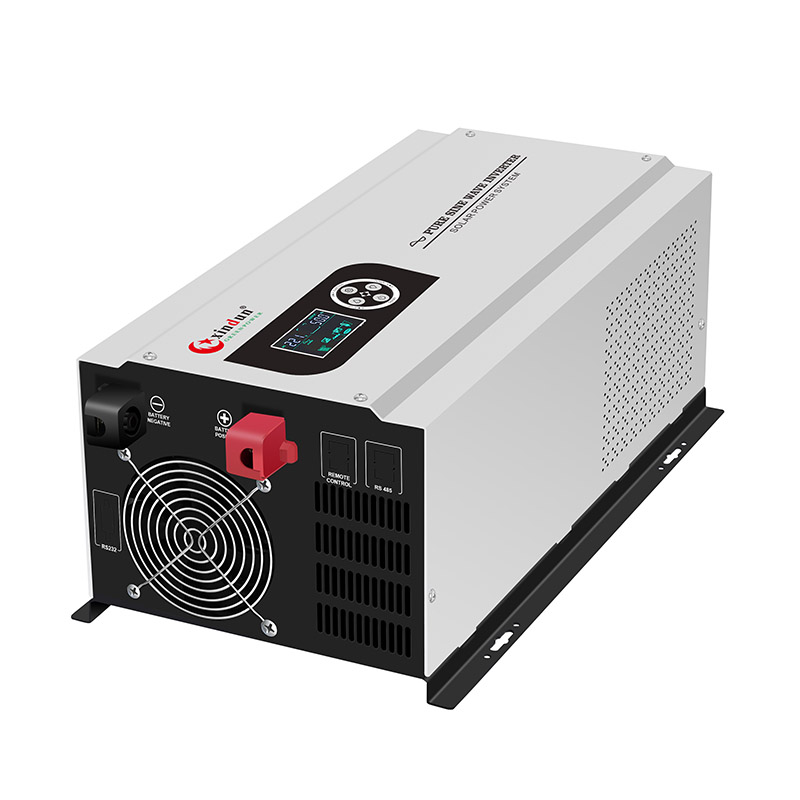
 Split Phase Inverter
Split Phase Inverter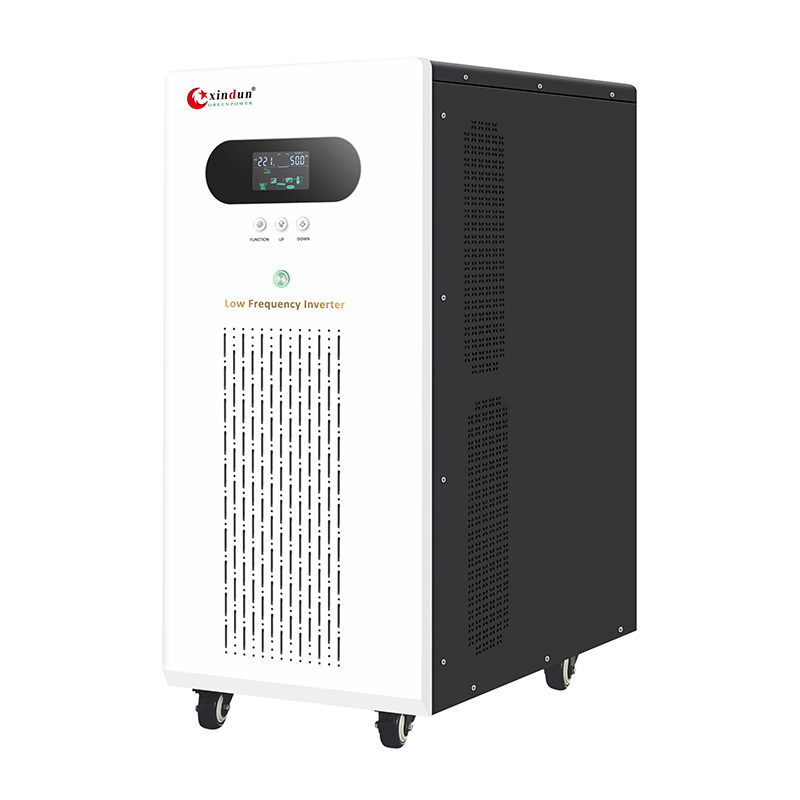
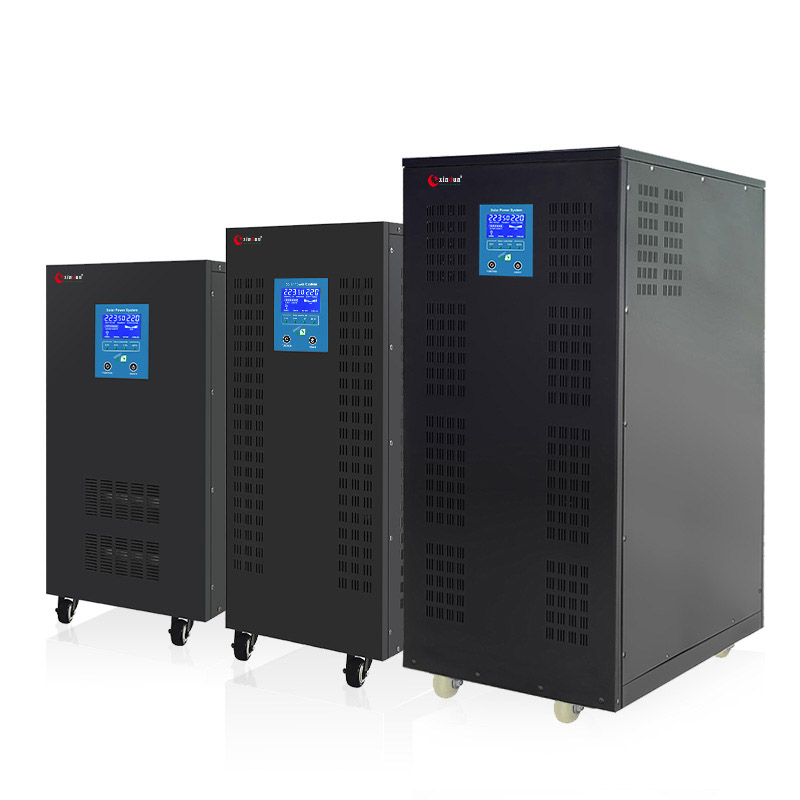
 Energy Storage Inverter
Energy Storage Inverter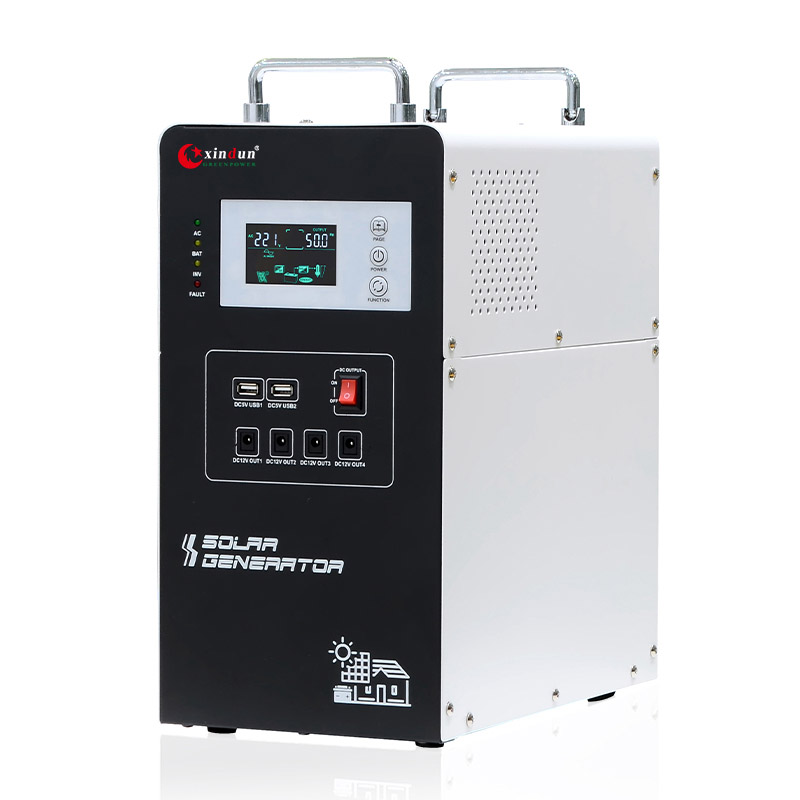
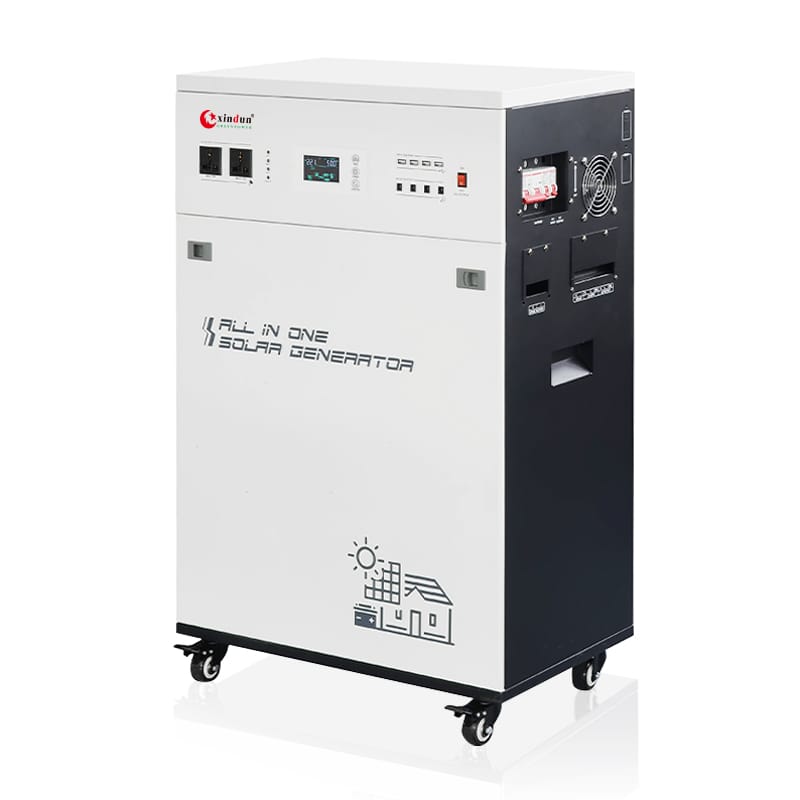

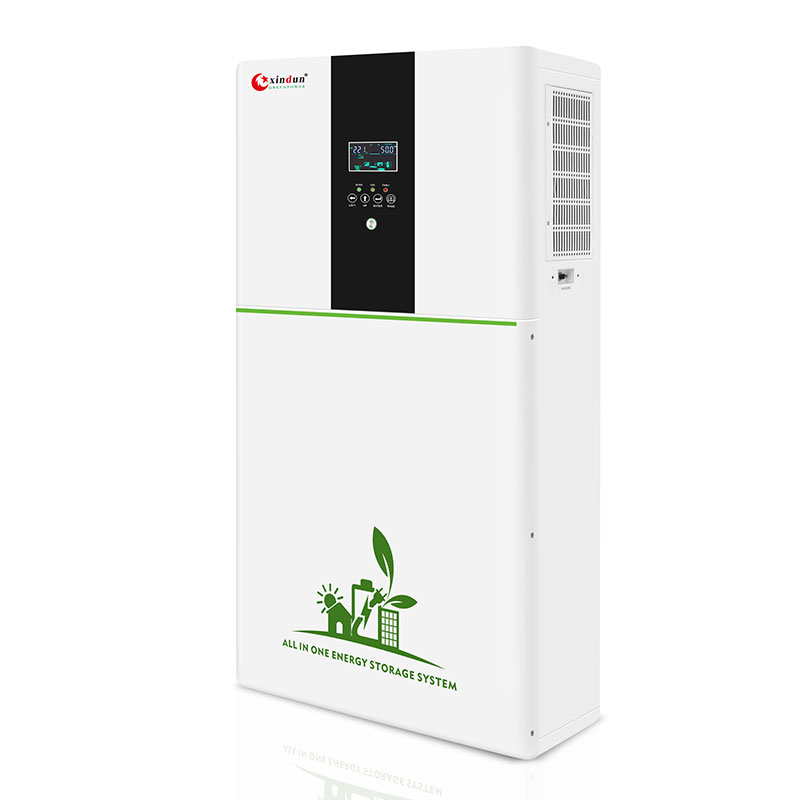
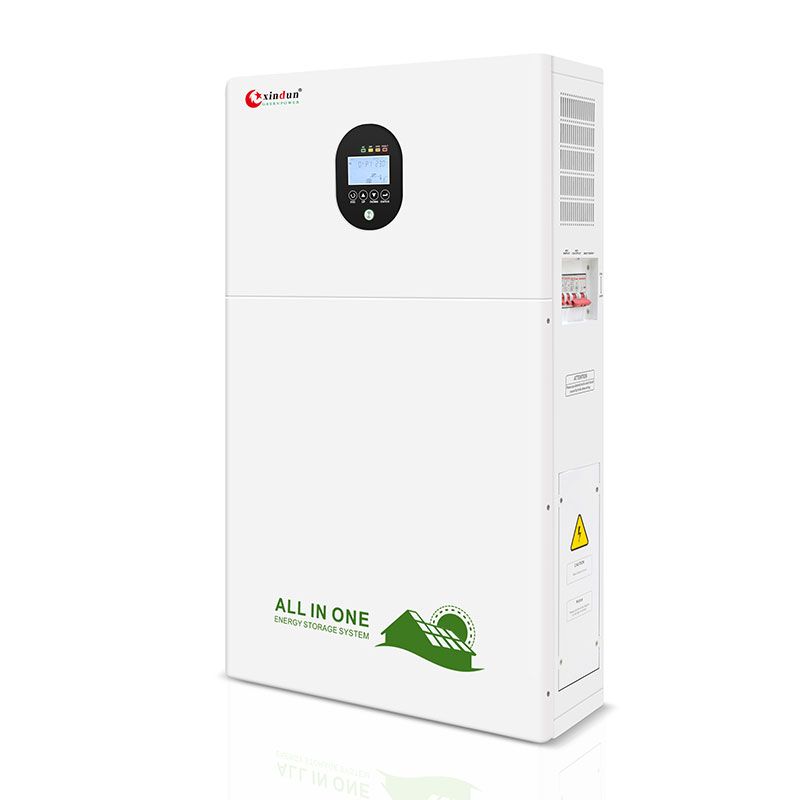
 3 Phase Inverter
3 Phase Inverter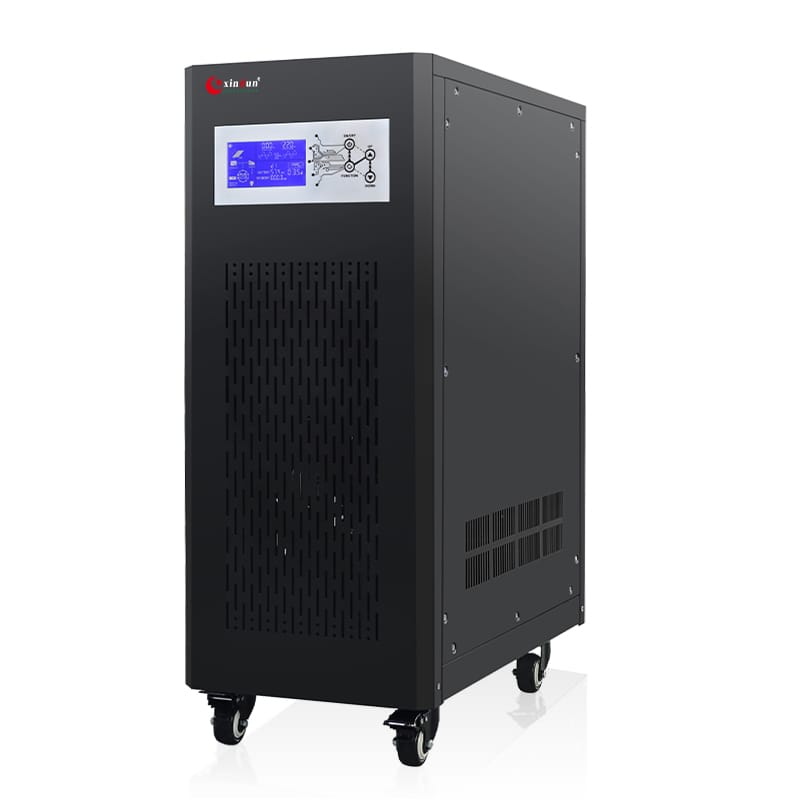
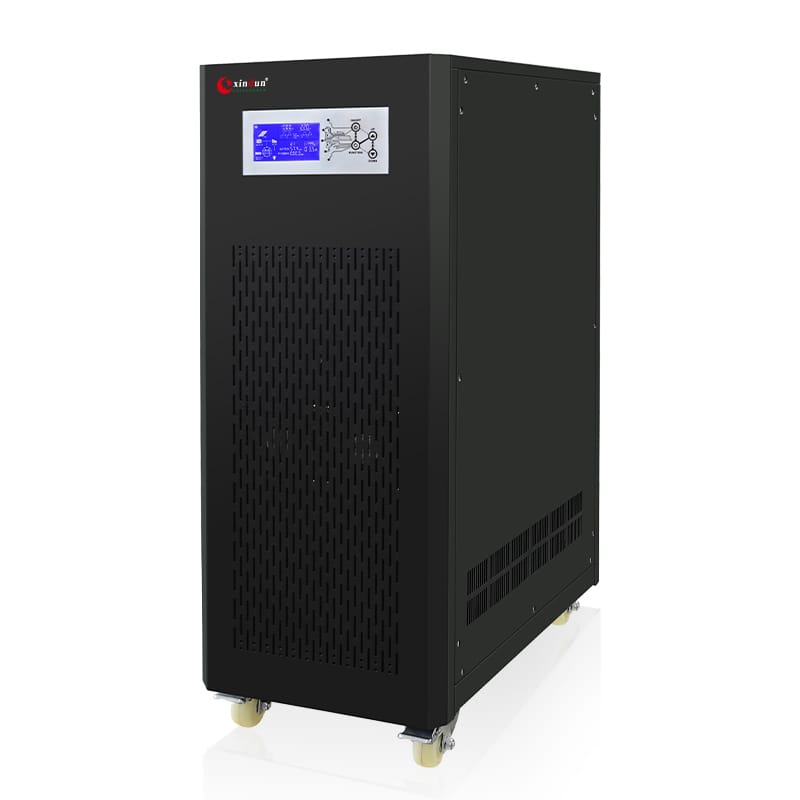
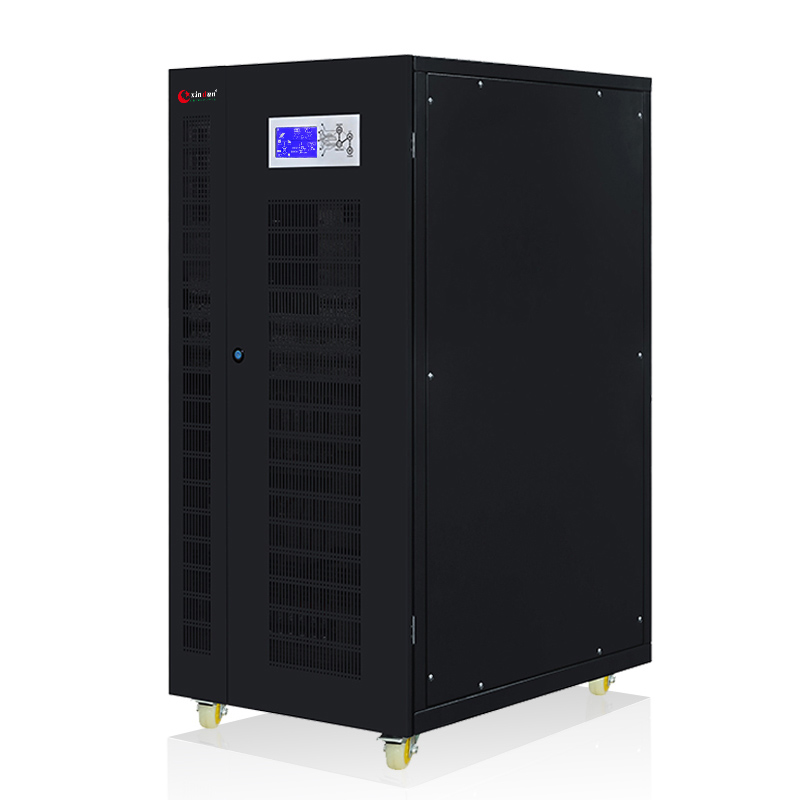
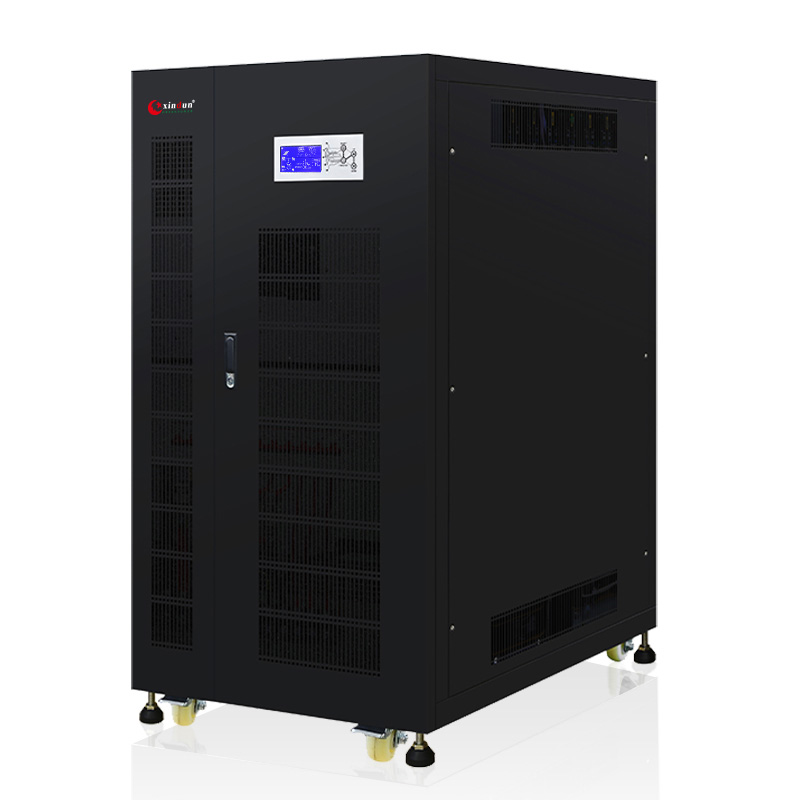
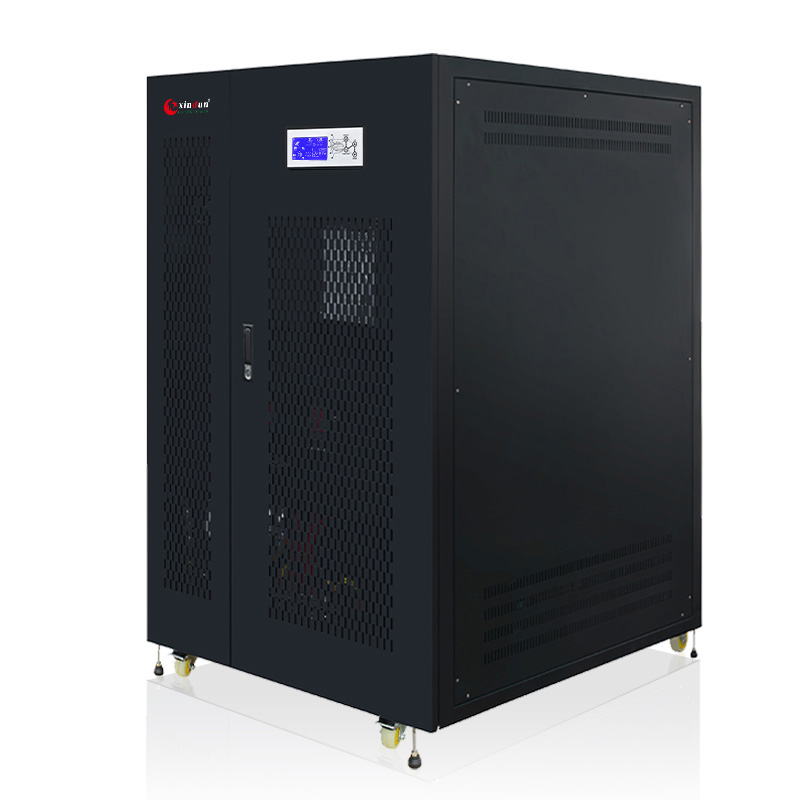
 Solar System Kits
Solar System Kits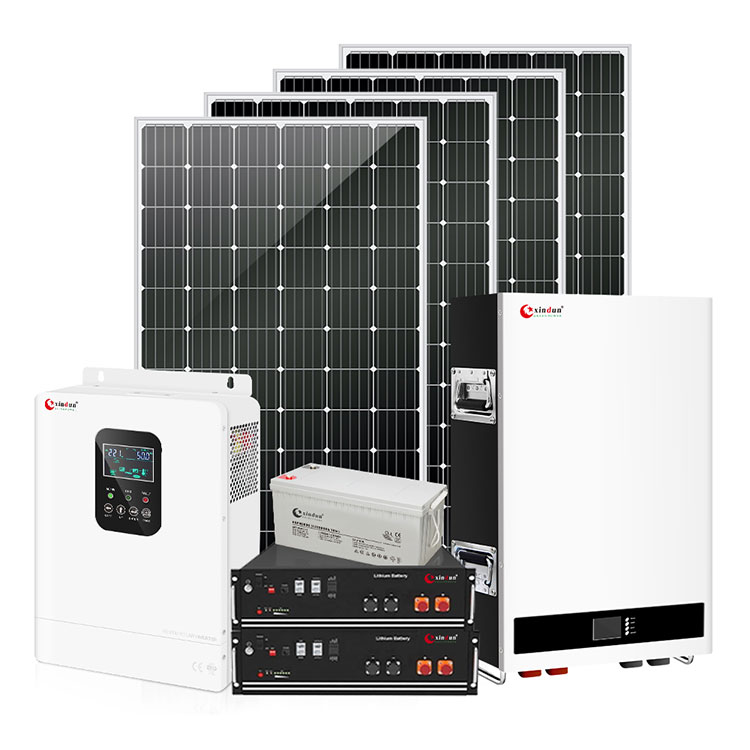
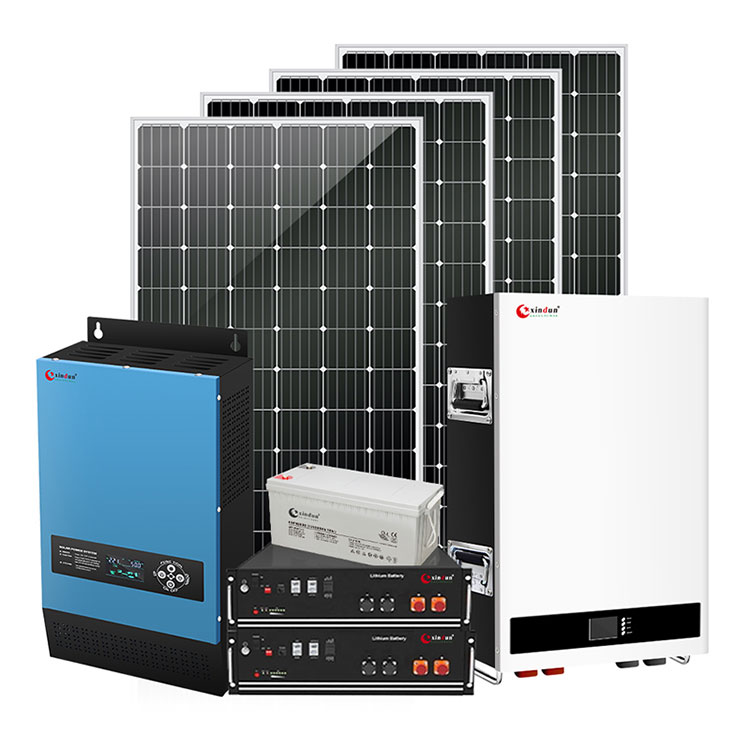
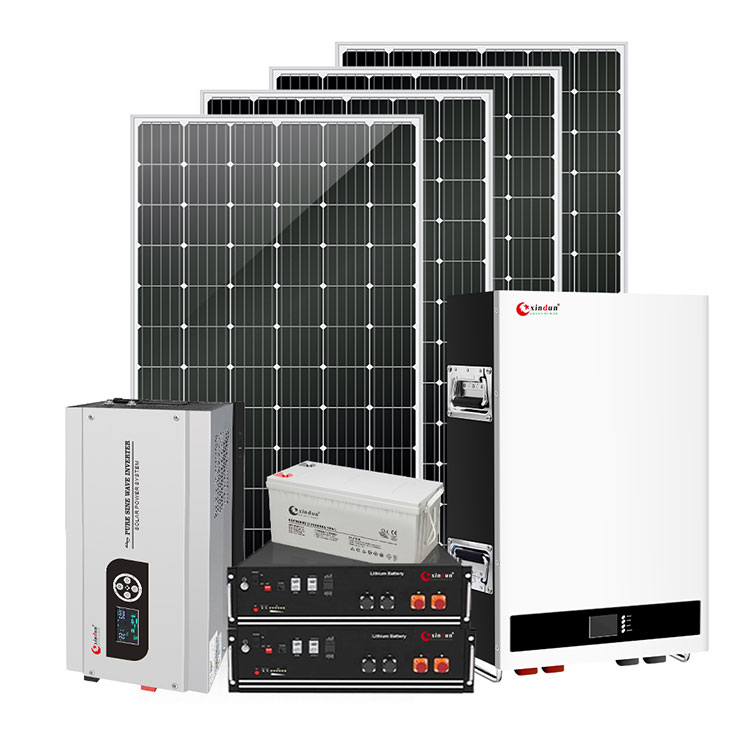

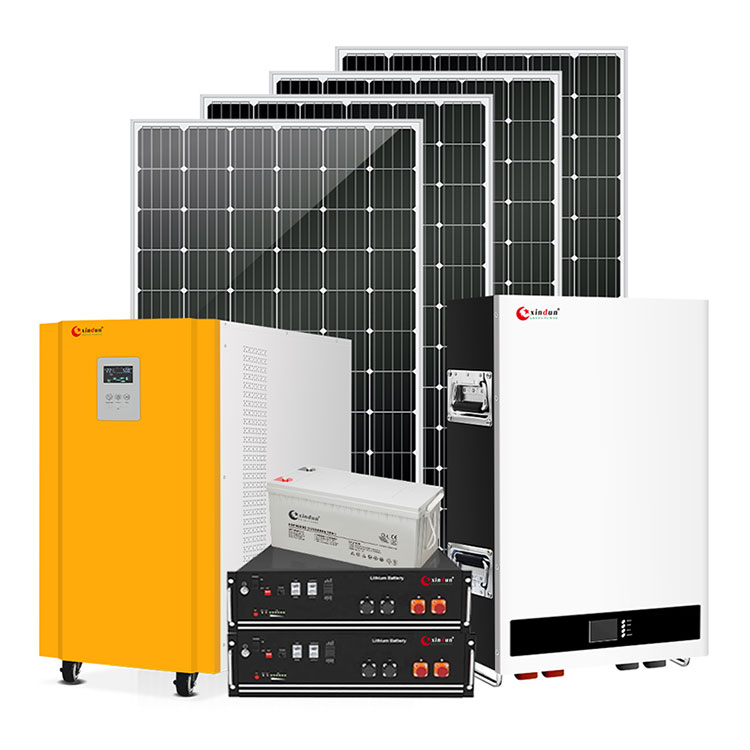
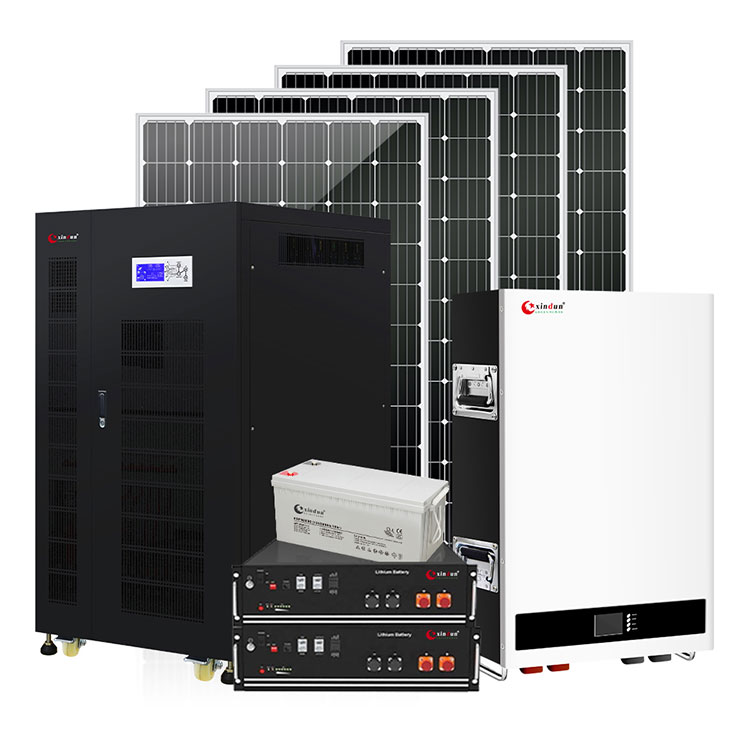
 Solar Charge Controller
Solar Charge Controller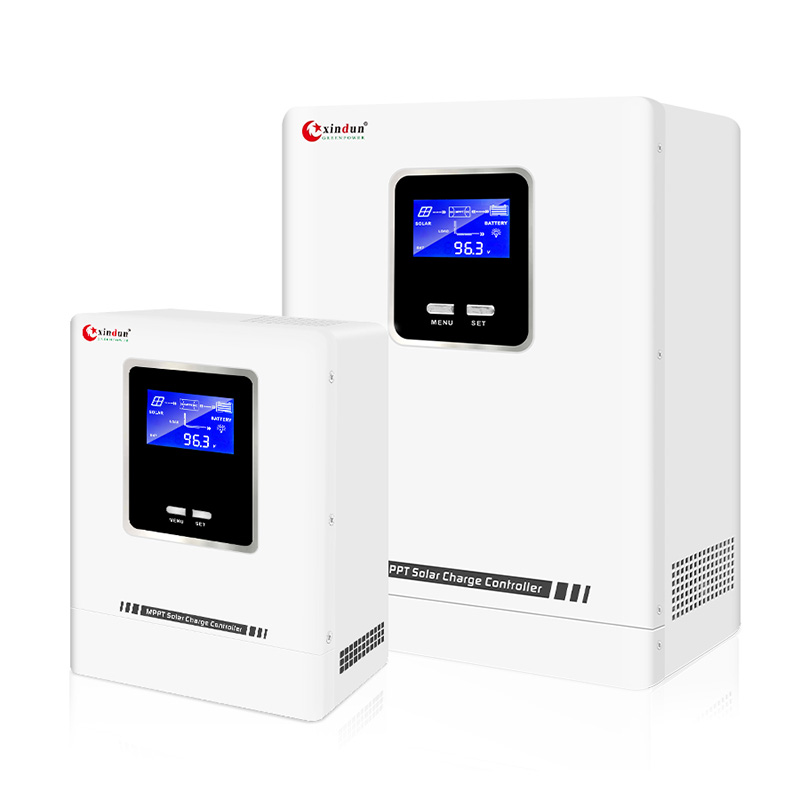
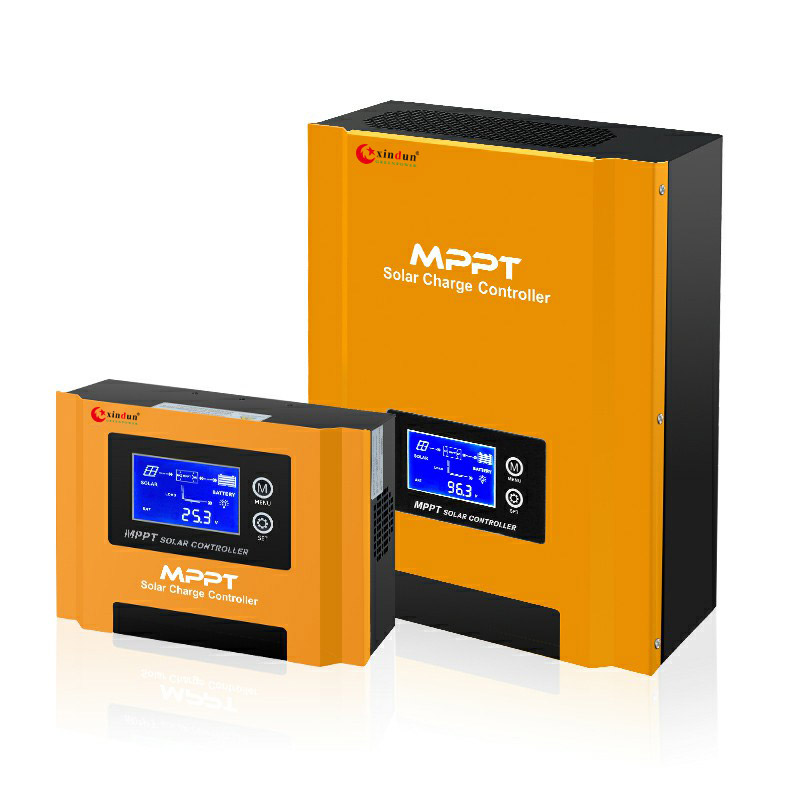

 Solar Battery
Solar Battery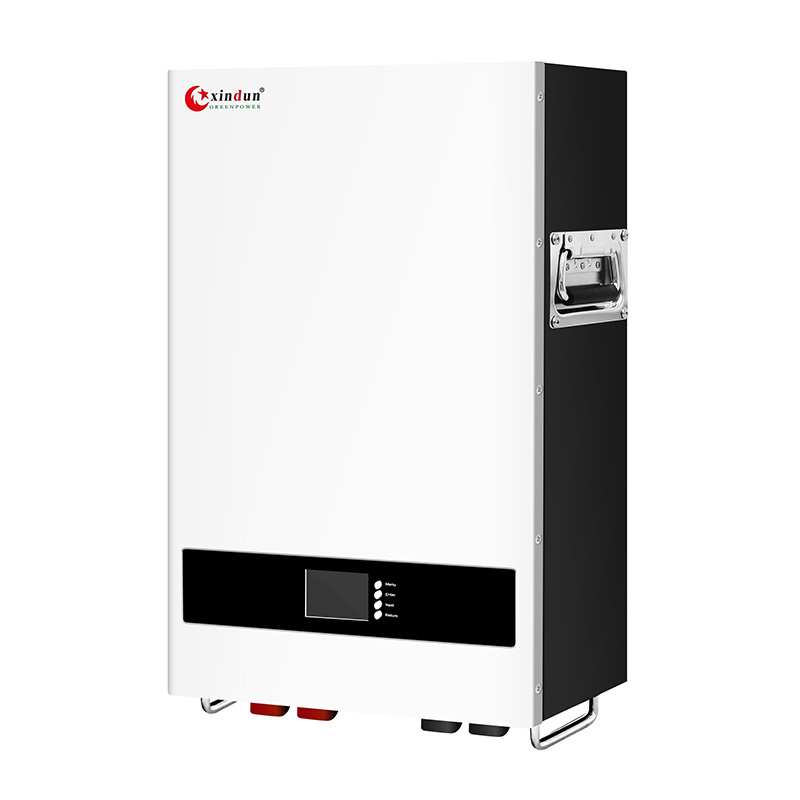
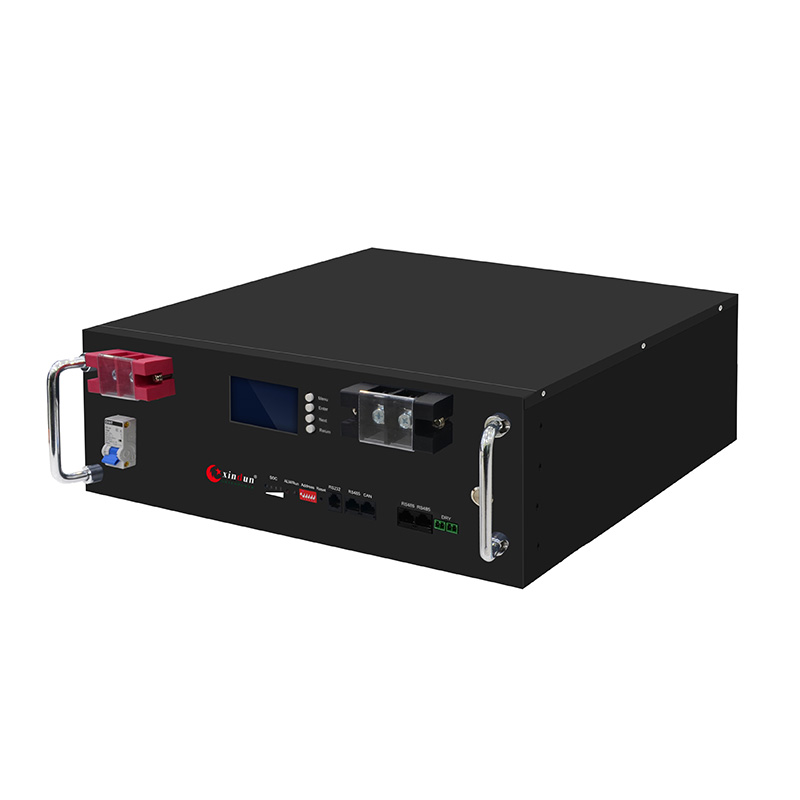
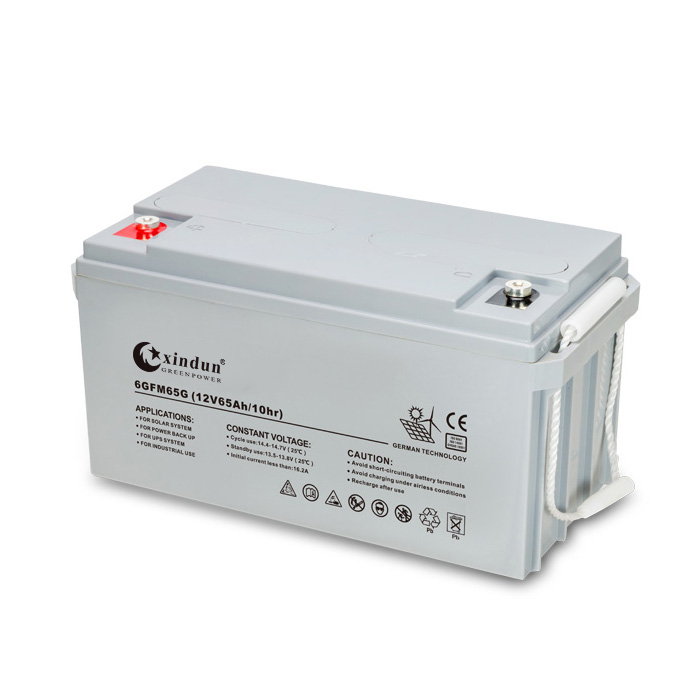
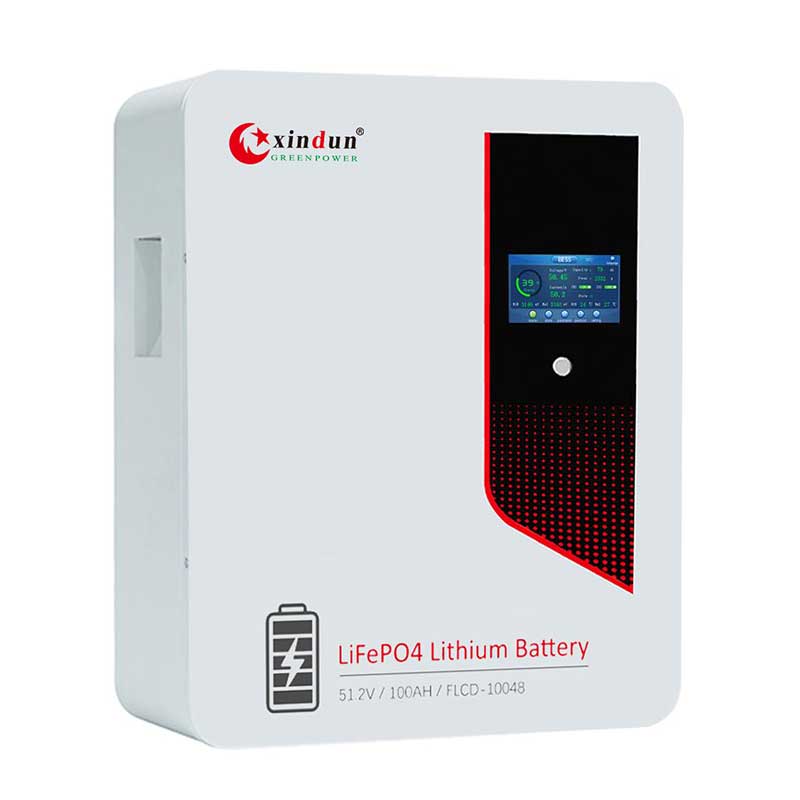
 Asia
Asia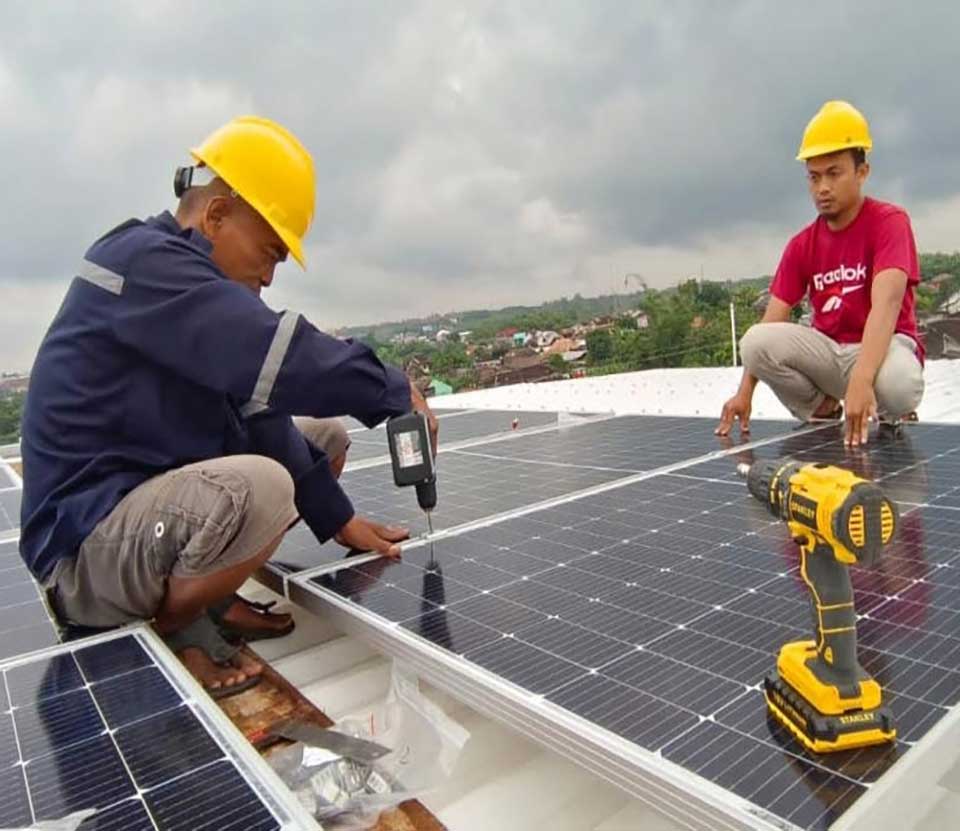
 Africa
Africa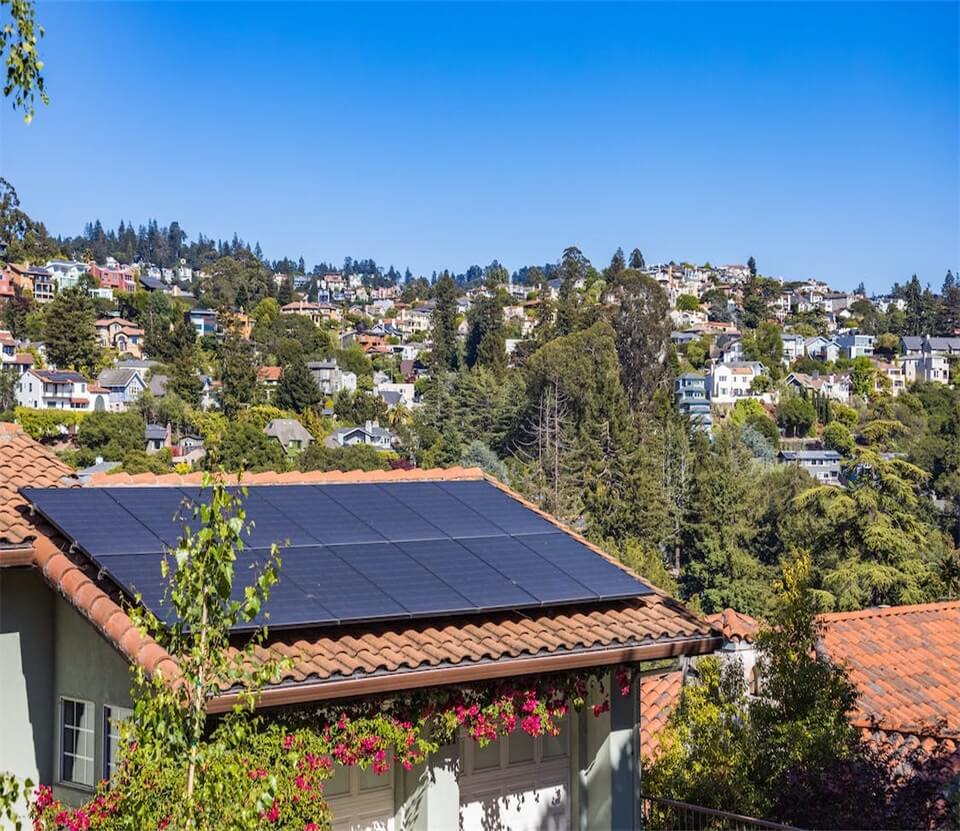
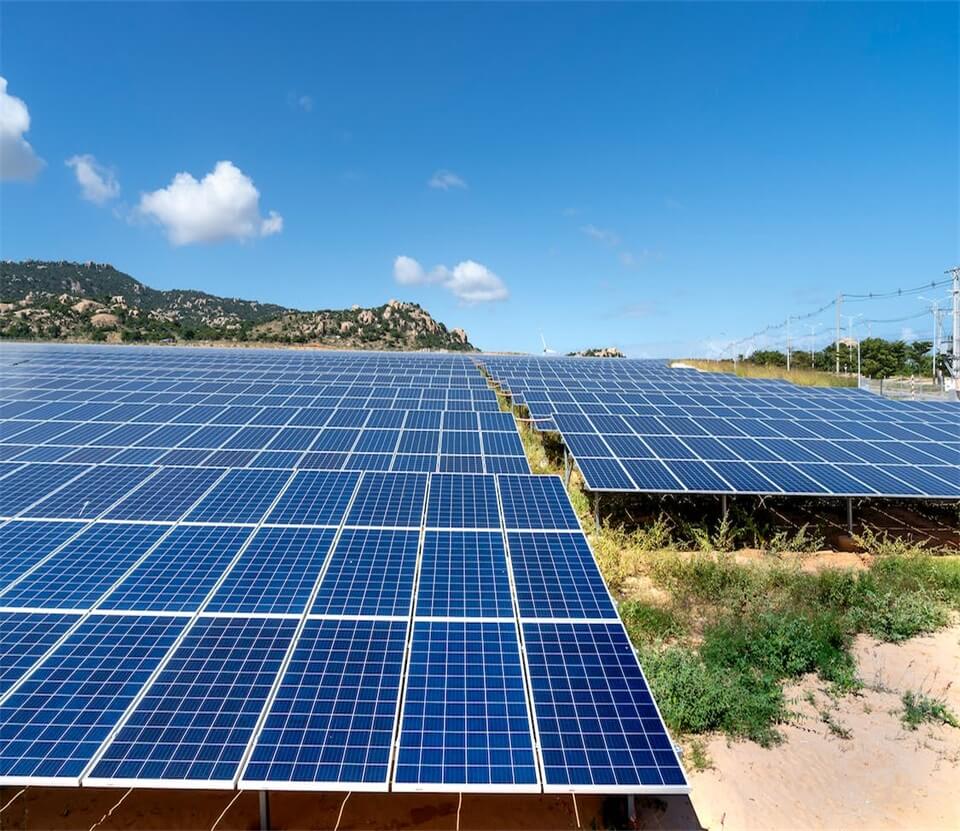


 South America
South America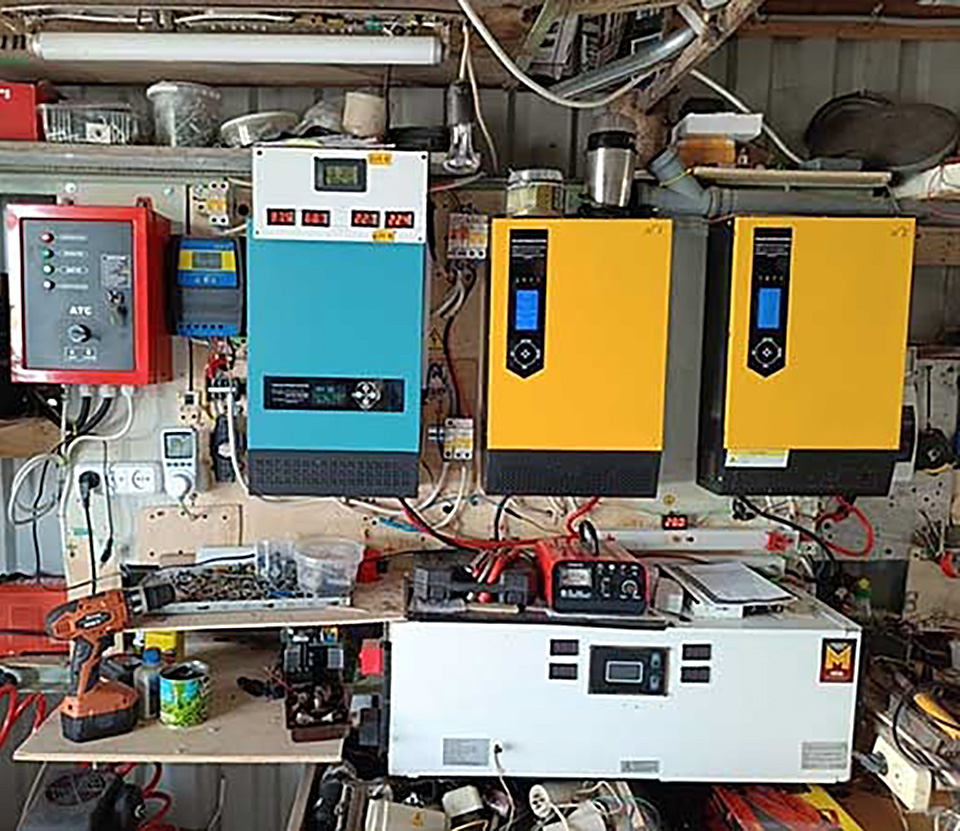
 Europe
Europe
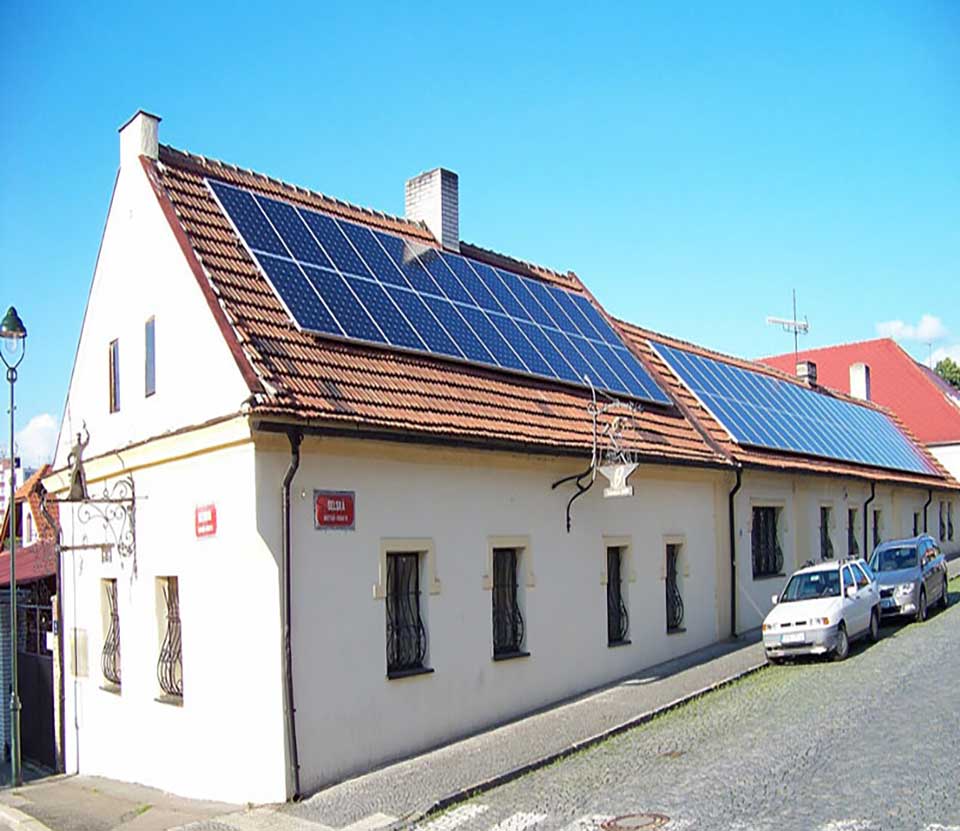
 North America
North America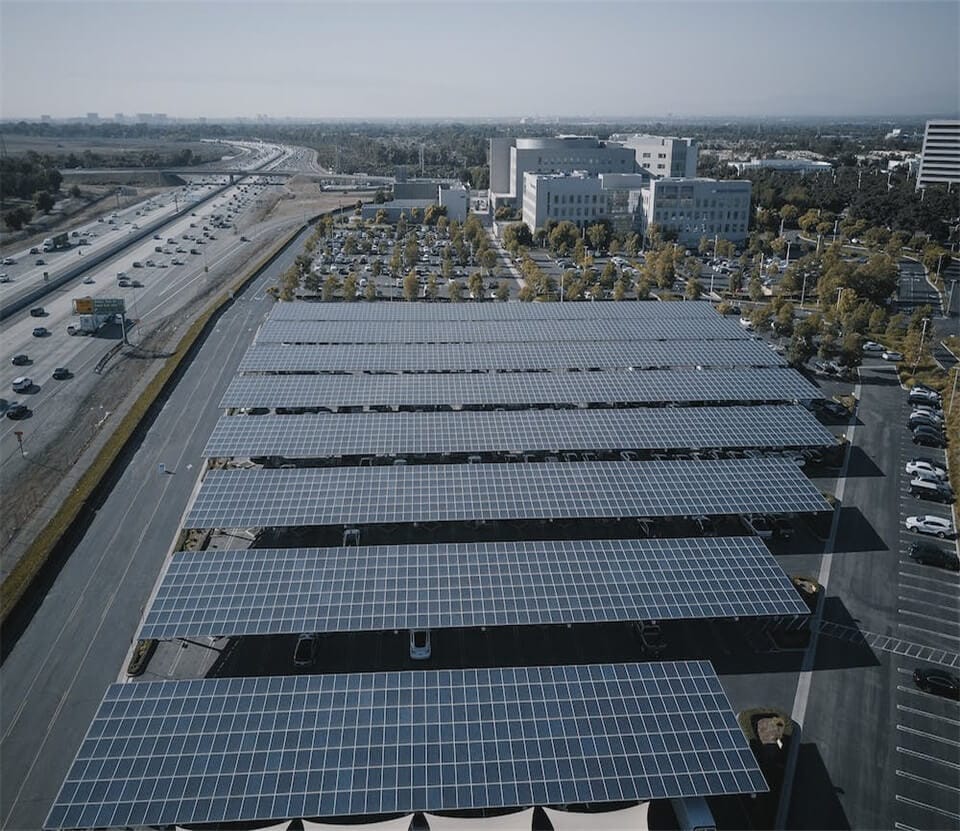
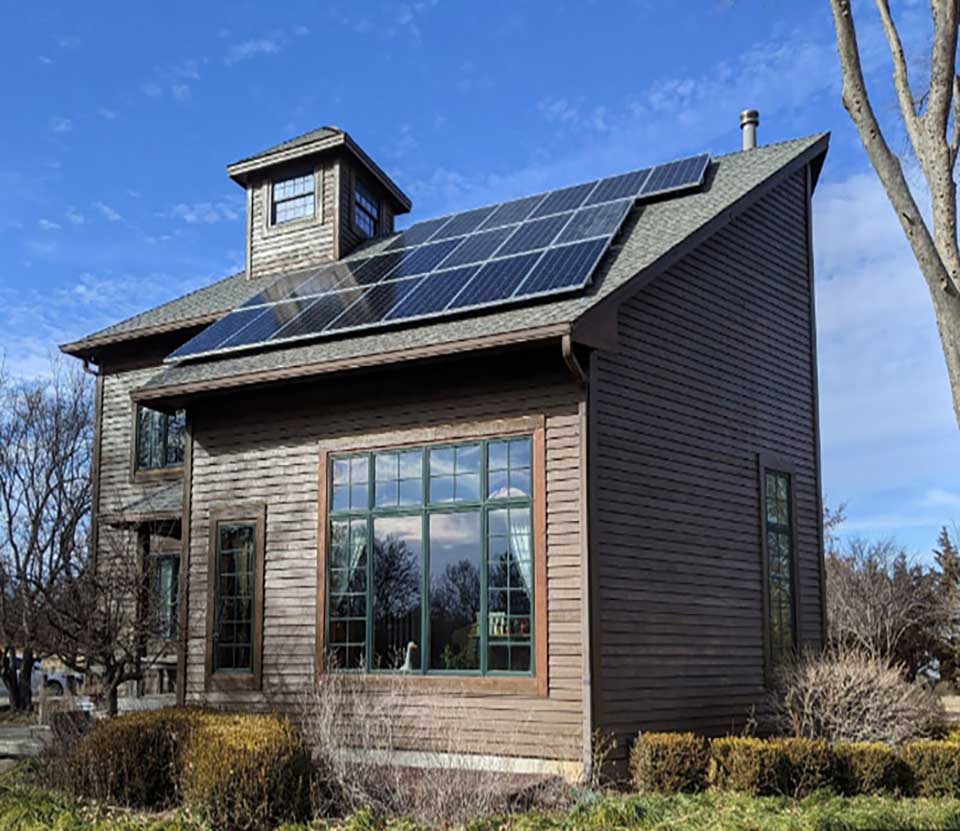
 Oceania & Antarctica
Oceania & Antarctica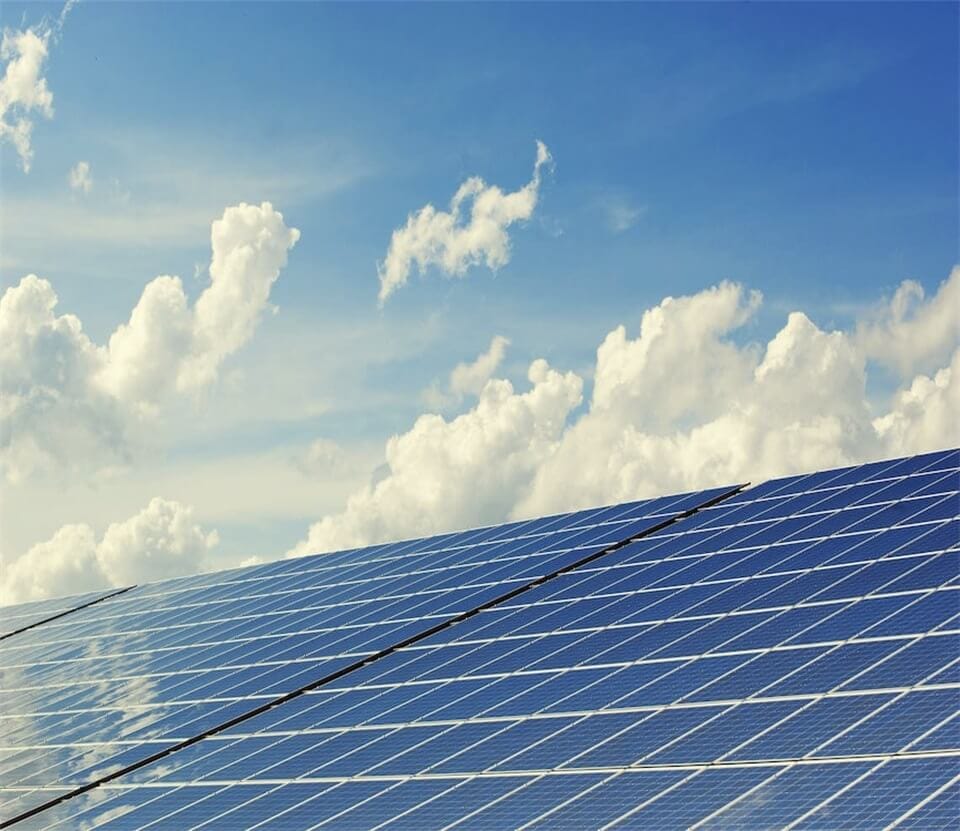










 Home
Home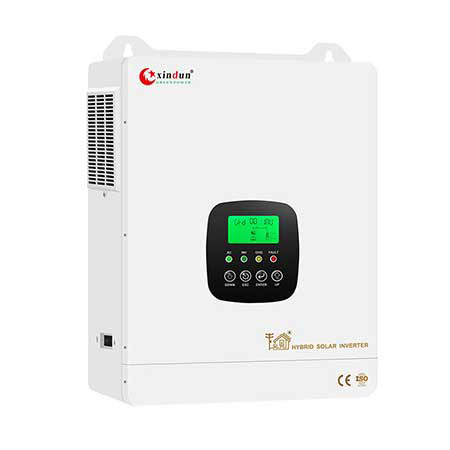
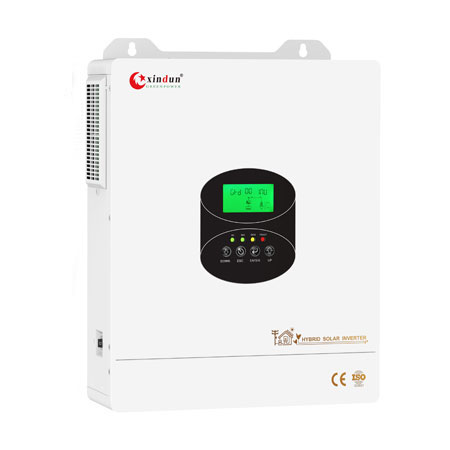
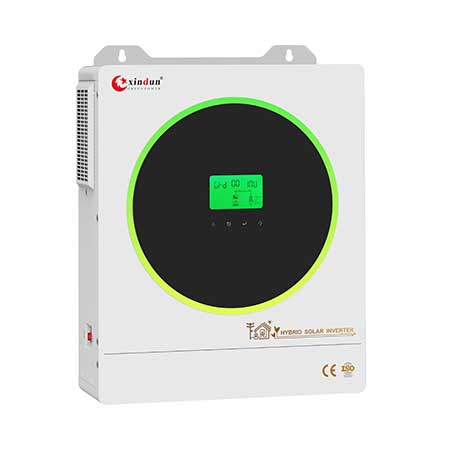
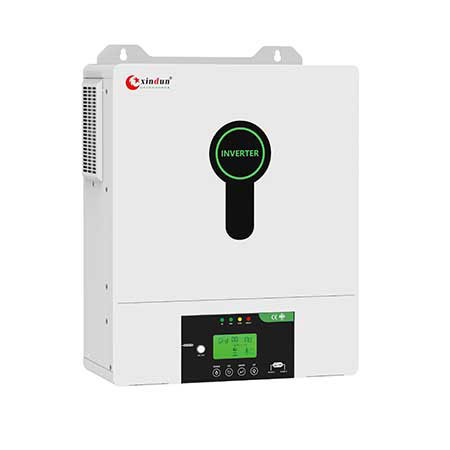
 How Is The Development Of Solar Inverters In Myanmar?
How Is The Development Of Solar Inverters In Myanmar?  Top Selling Products
Top Selling Products














